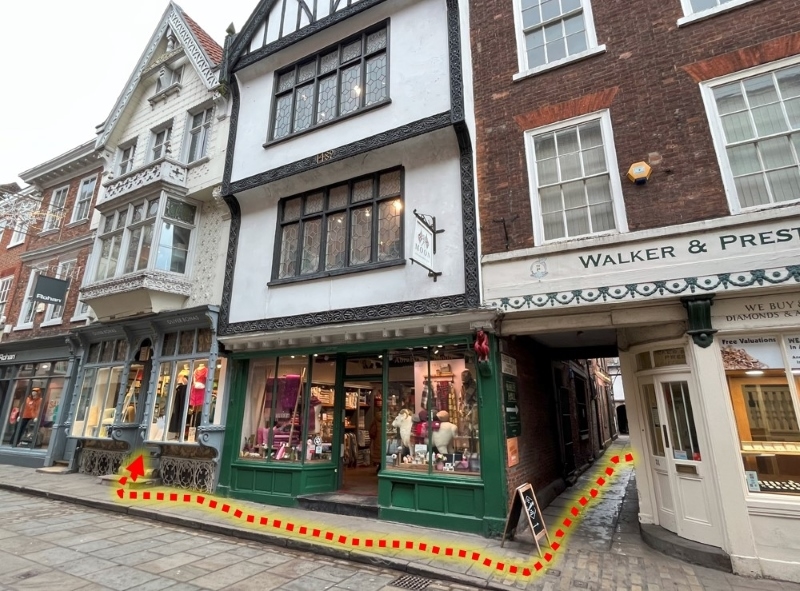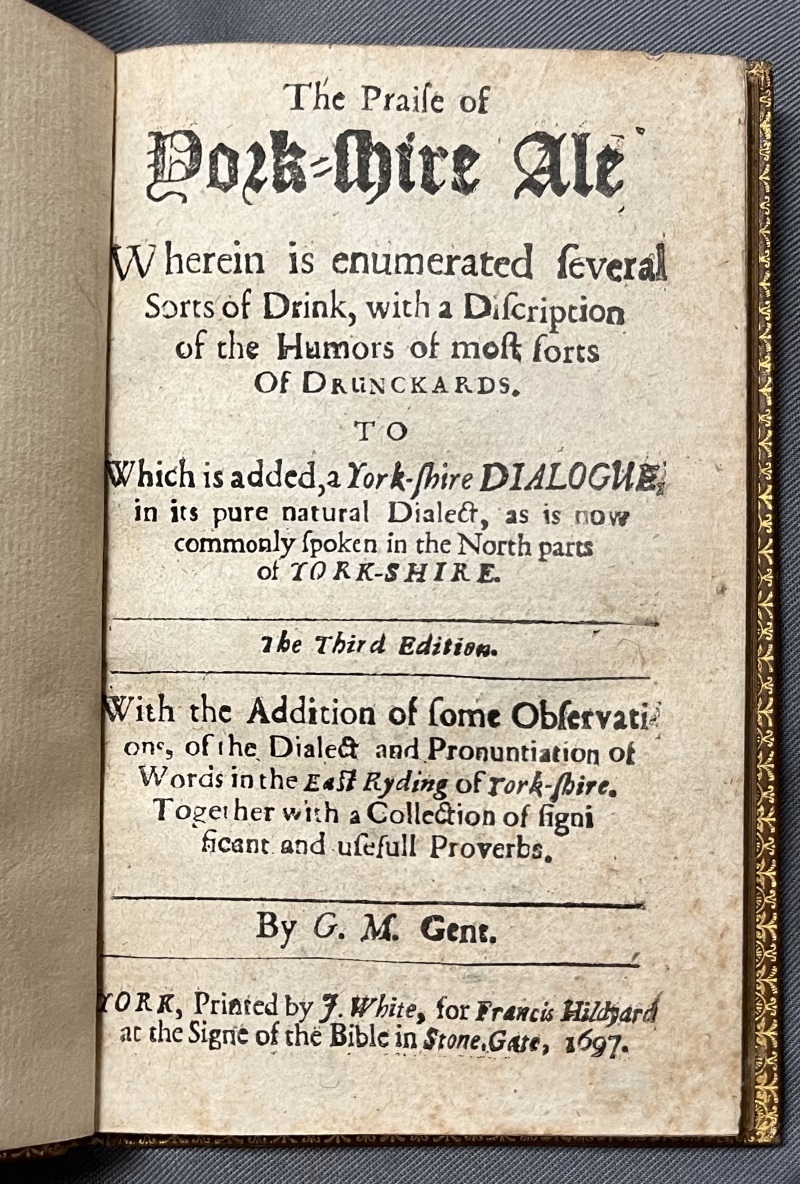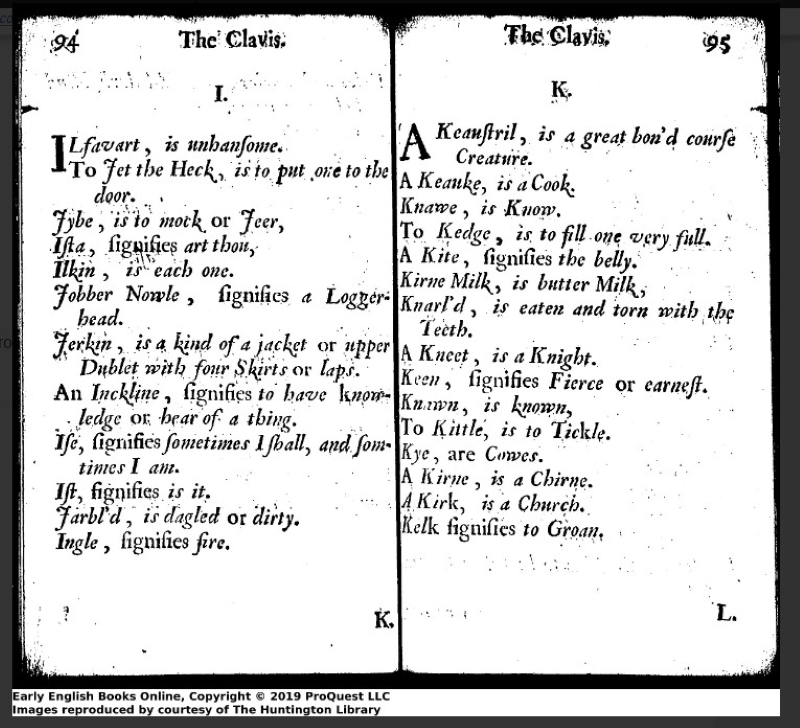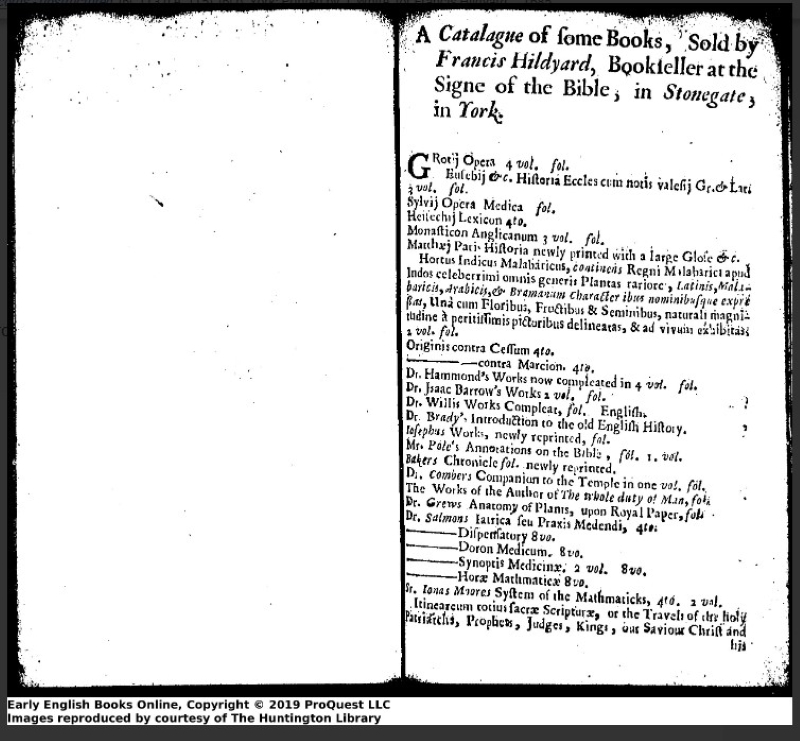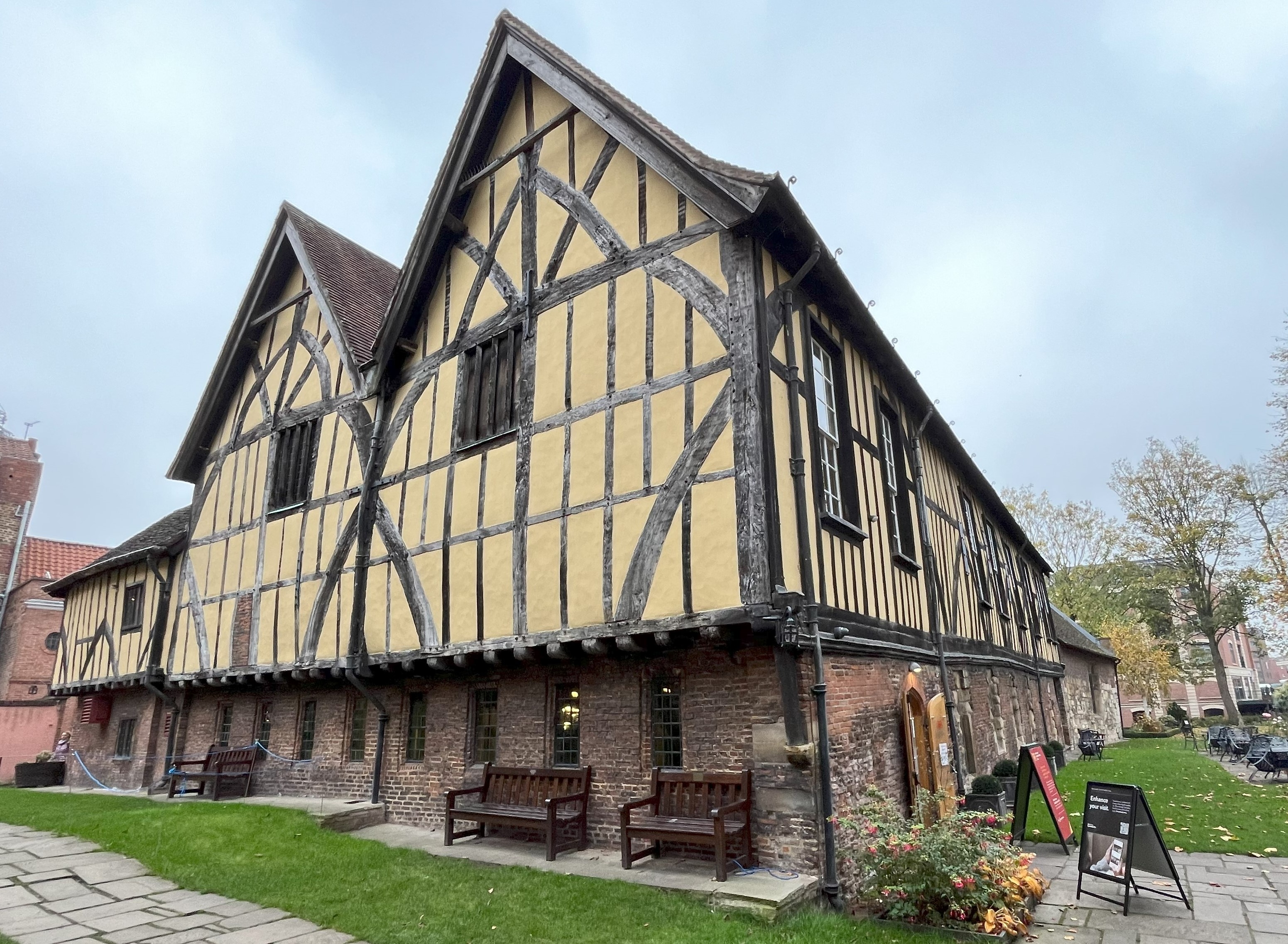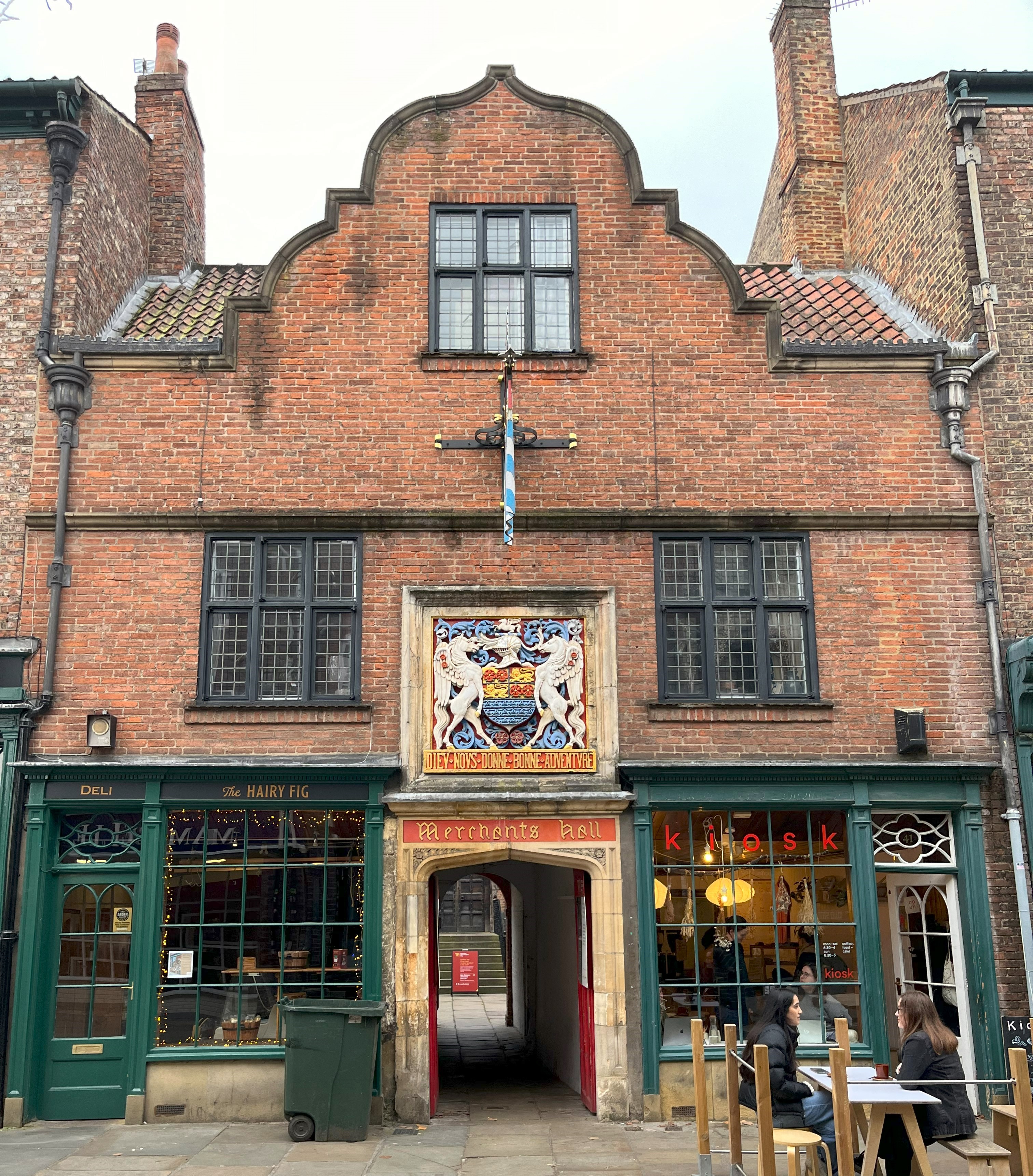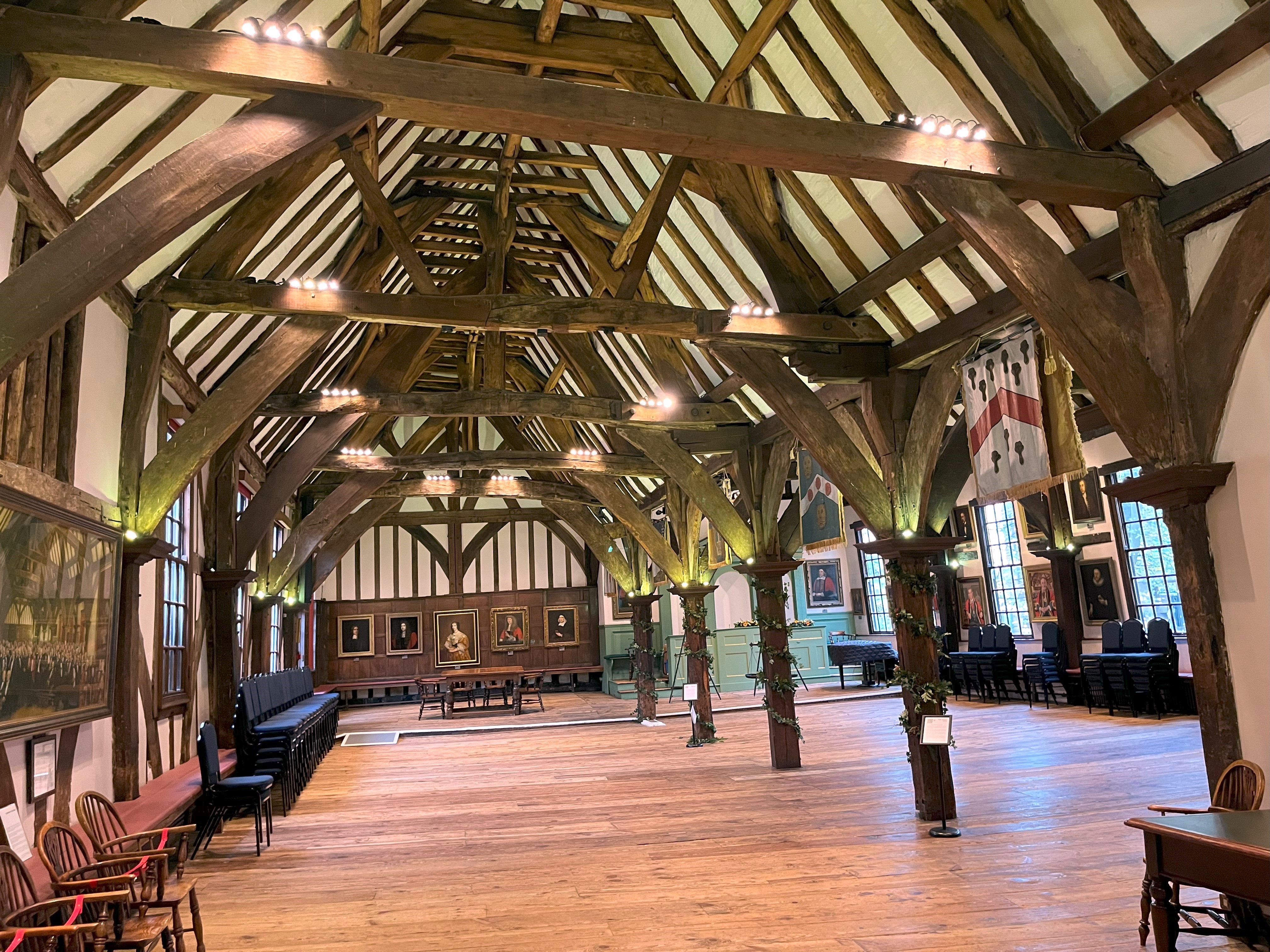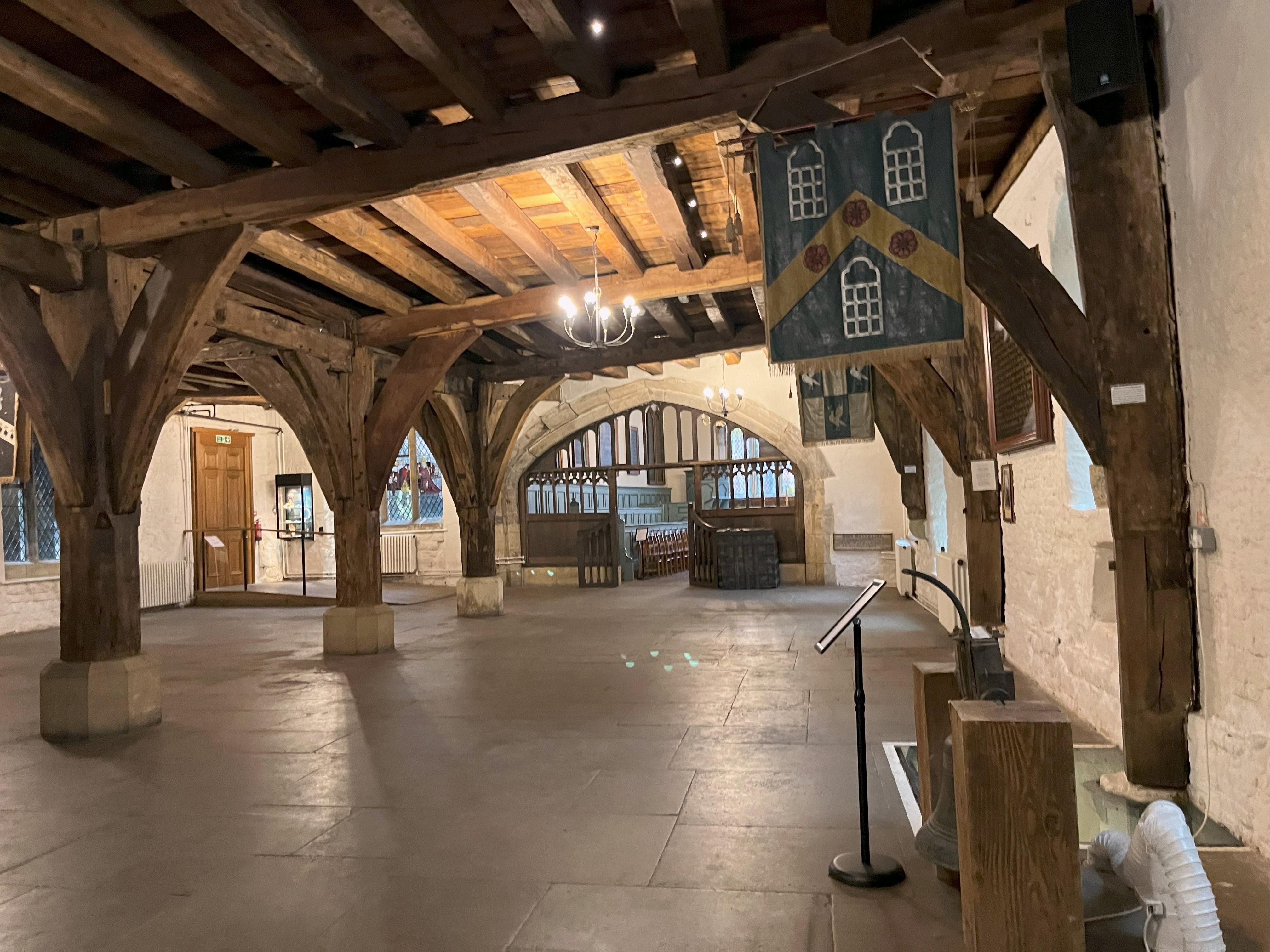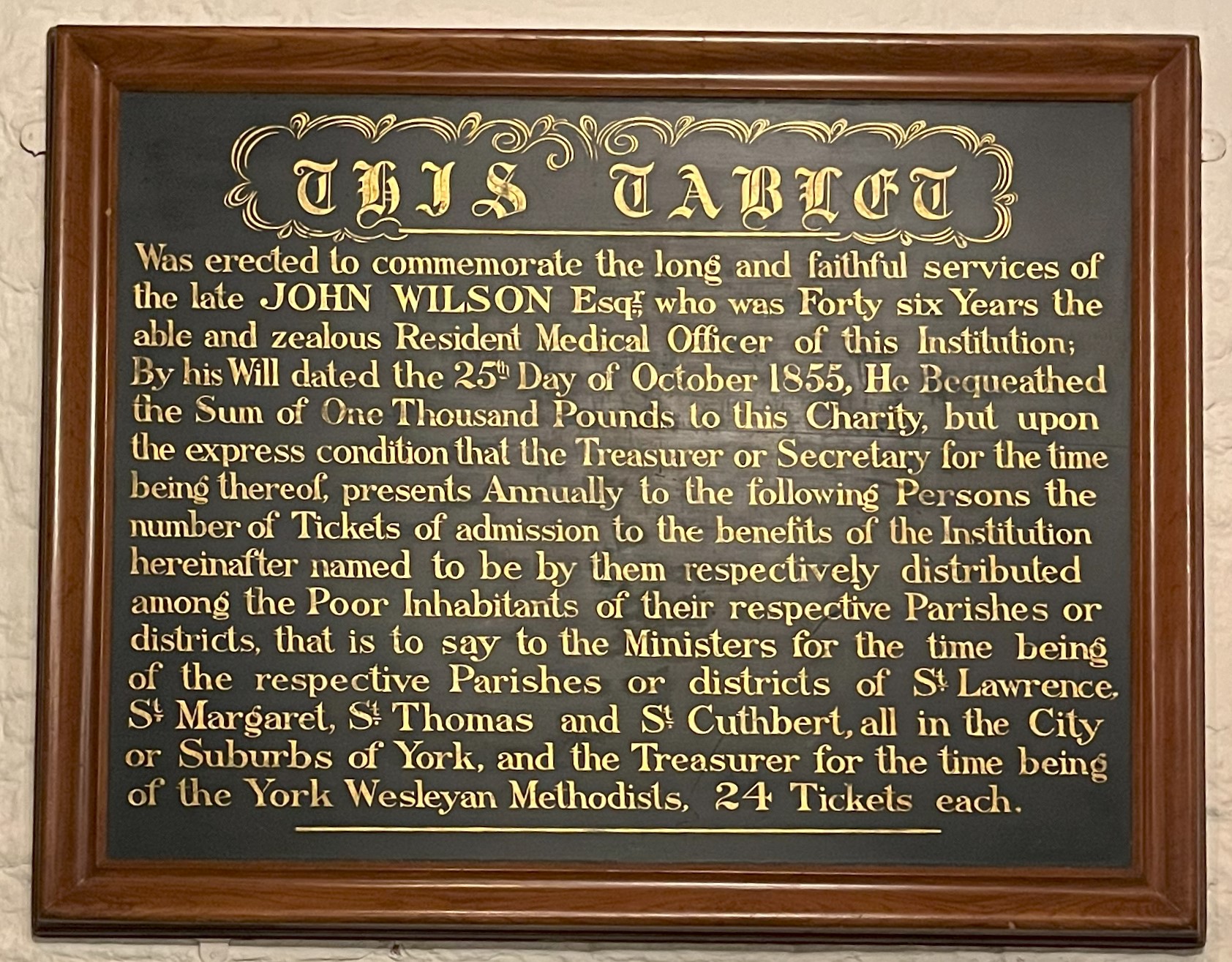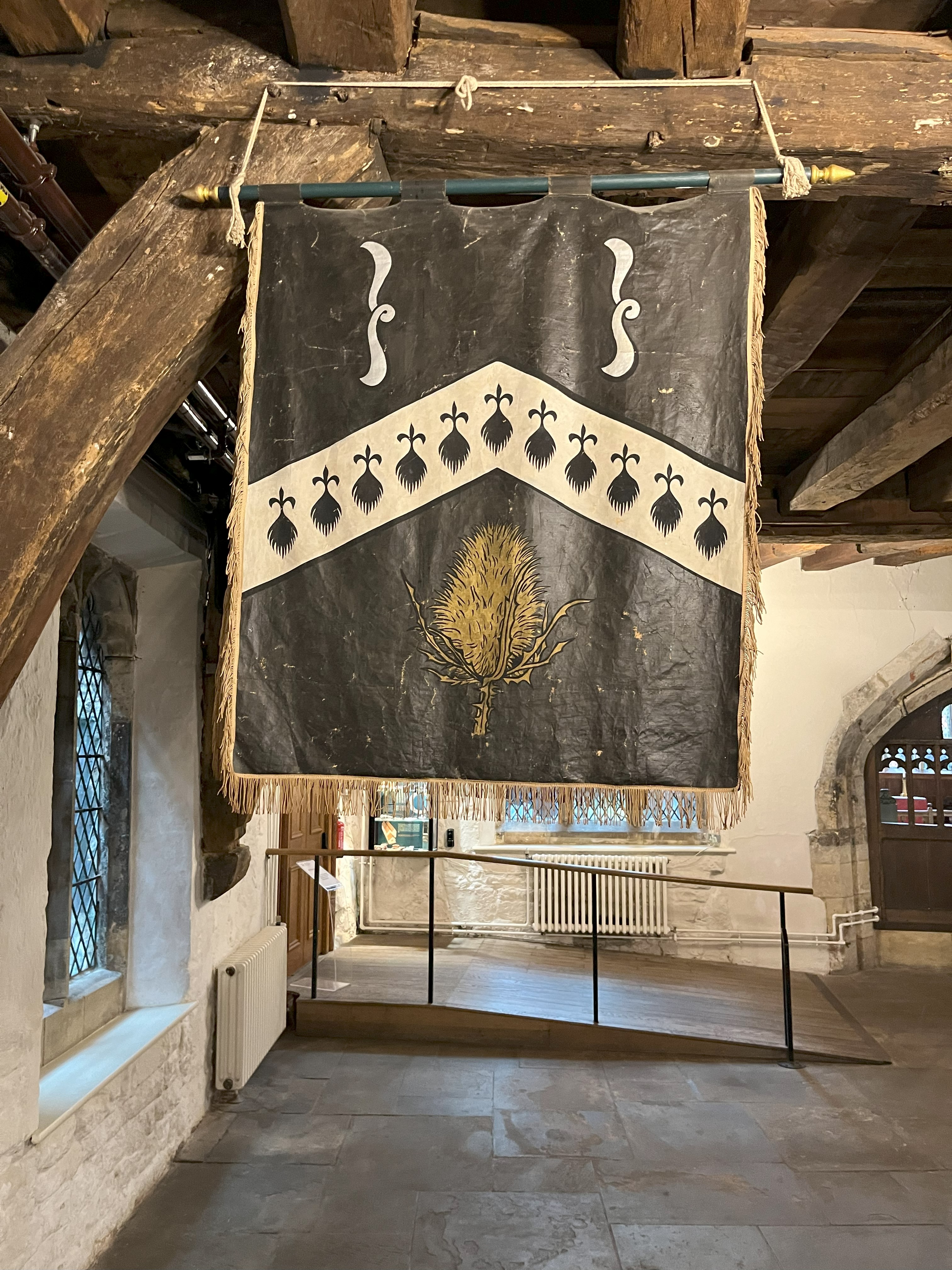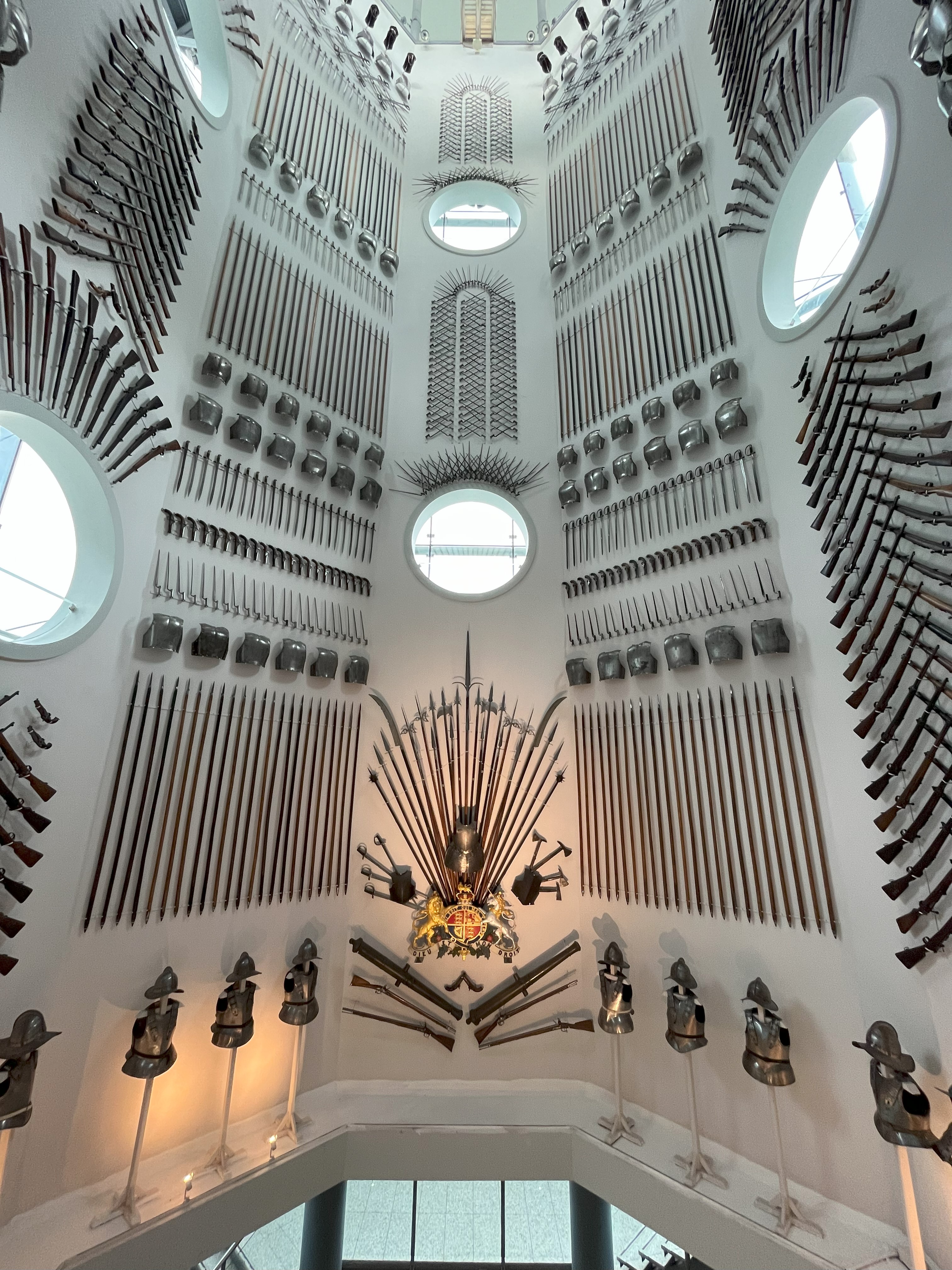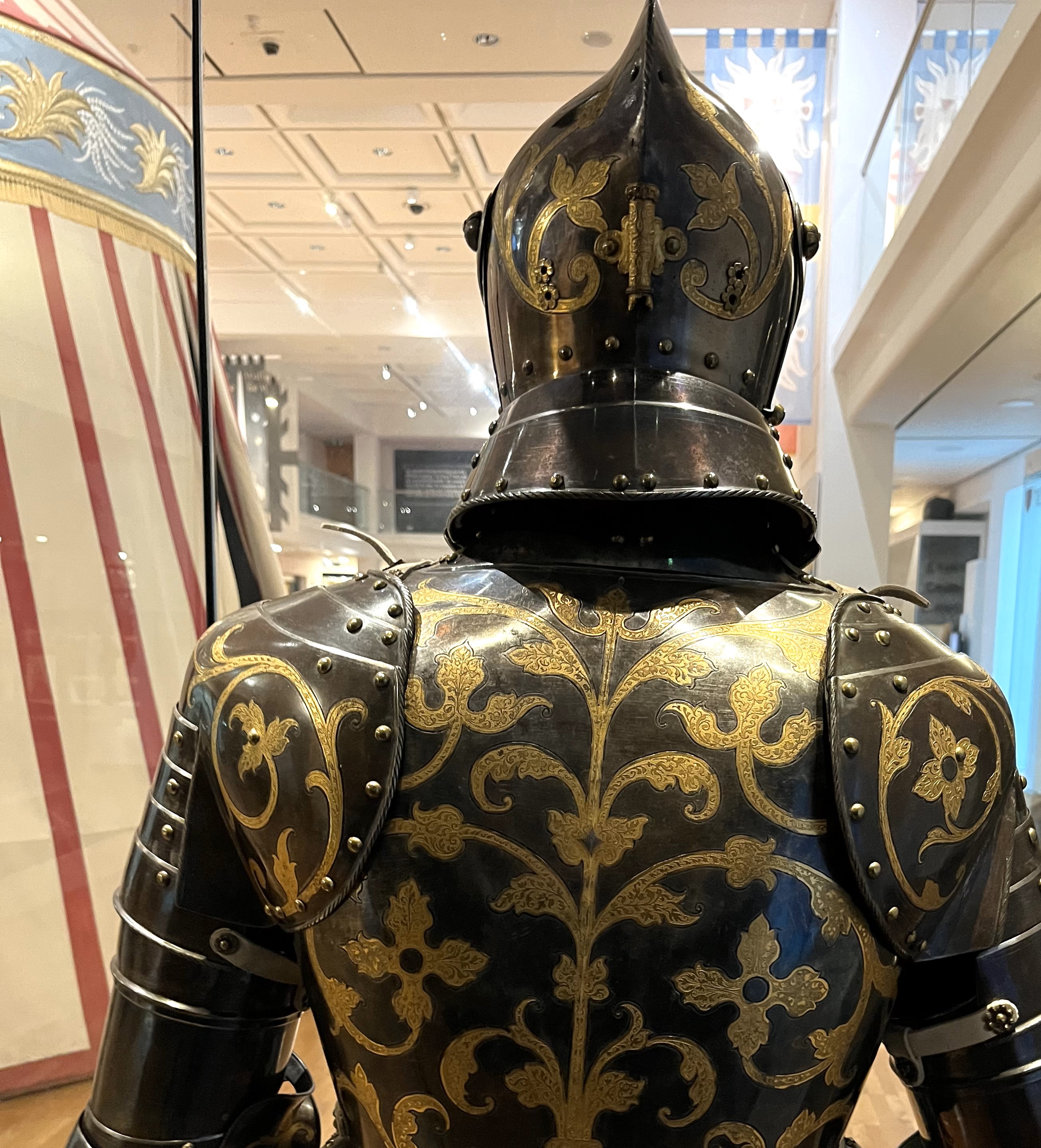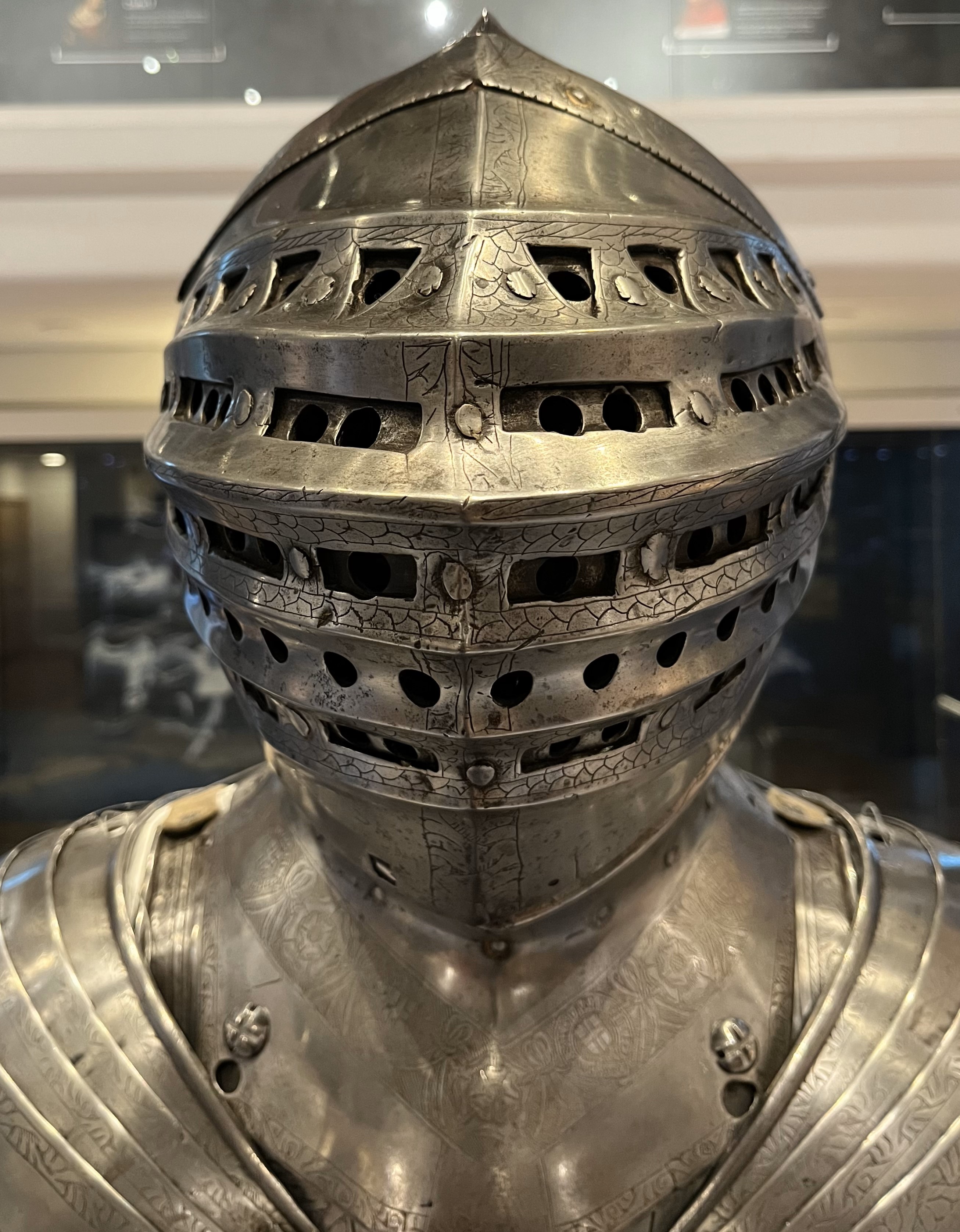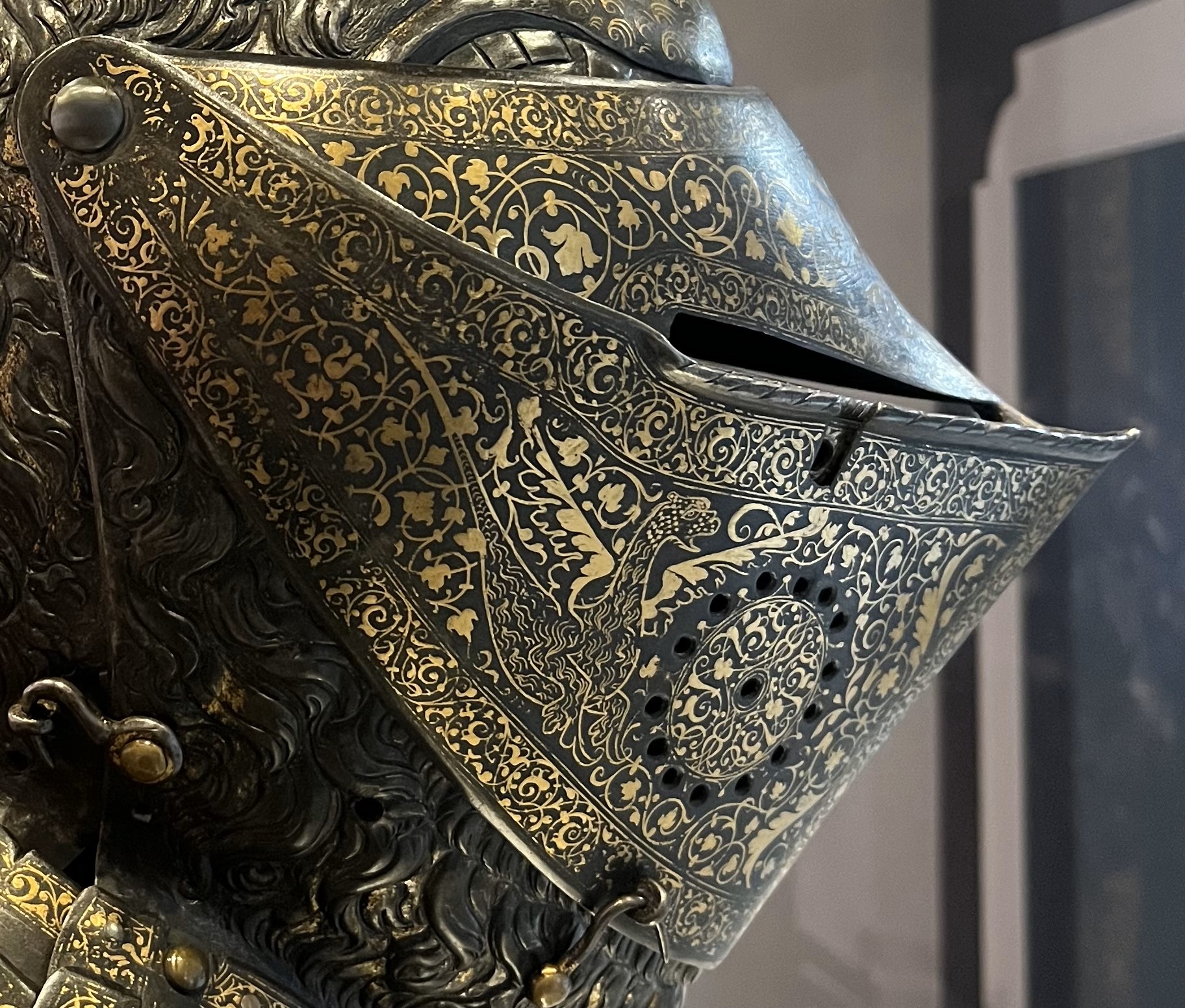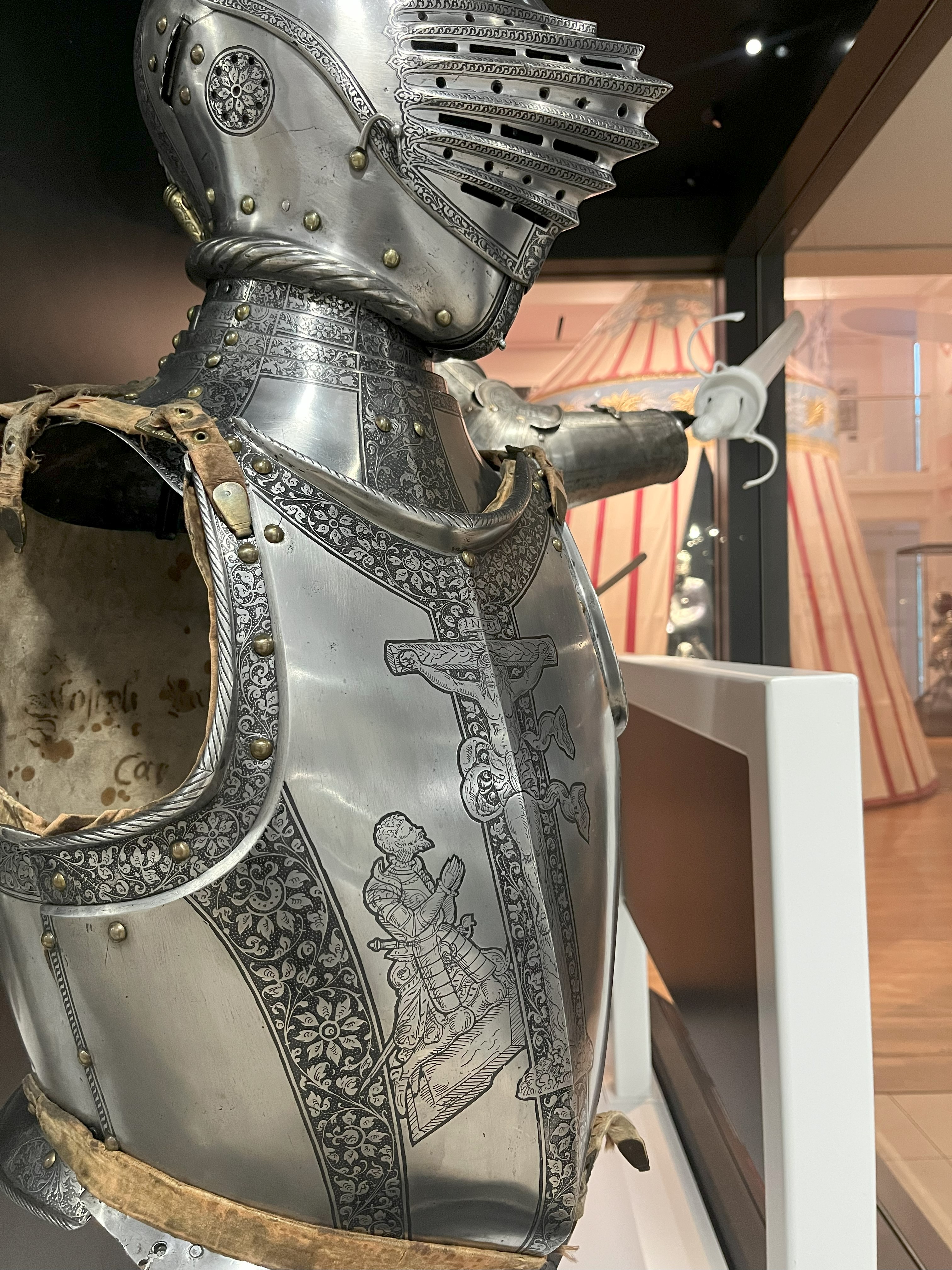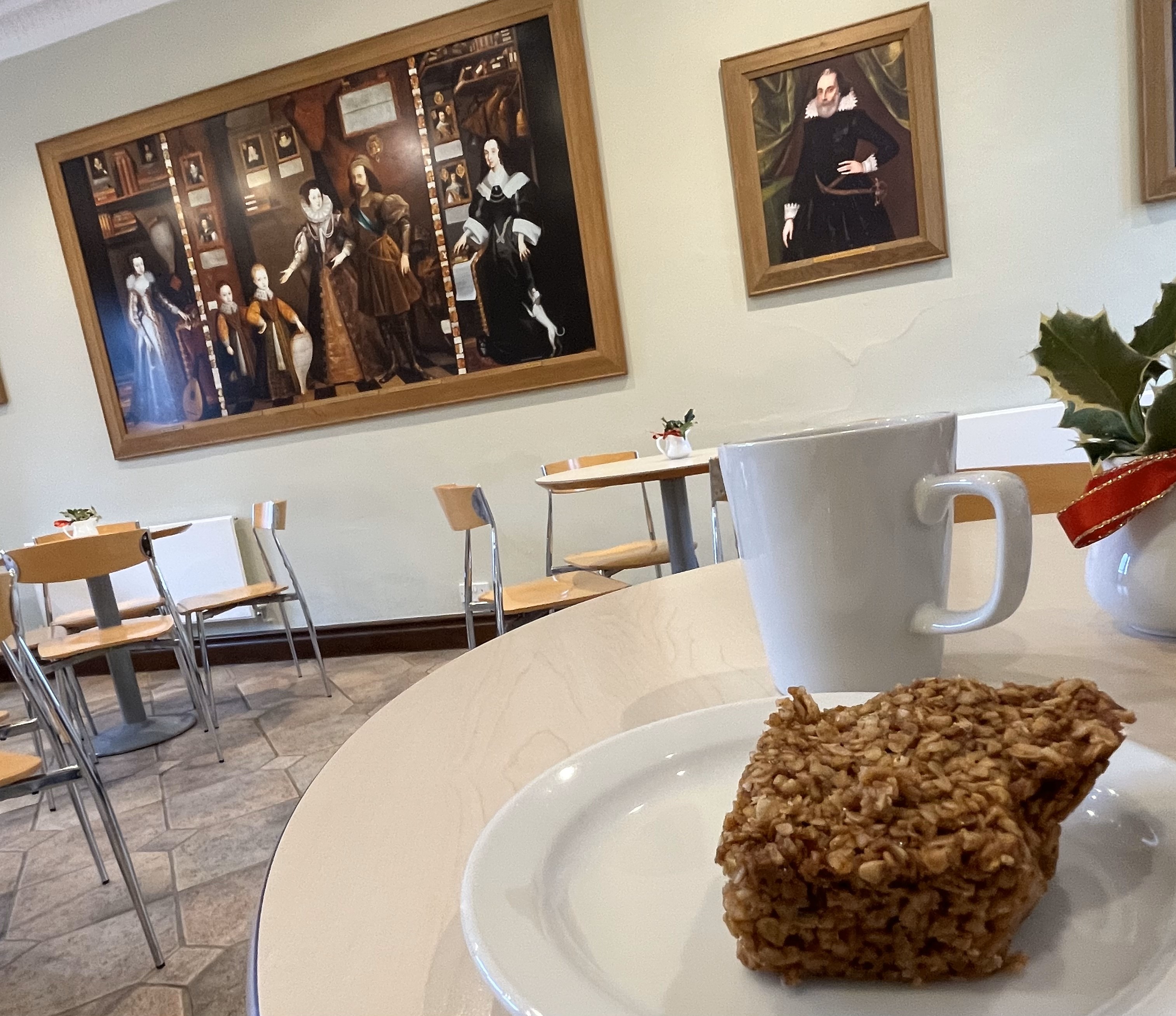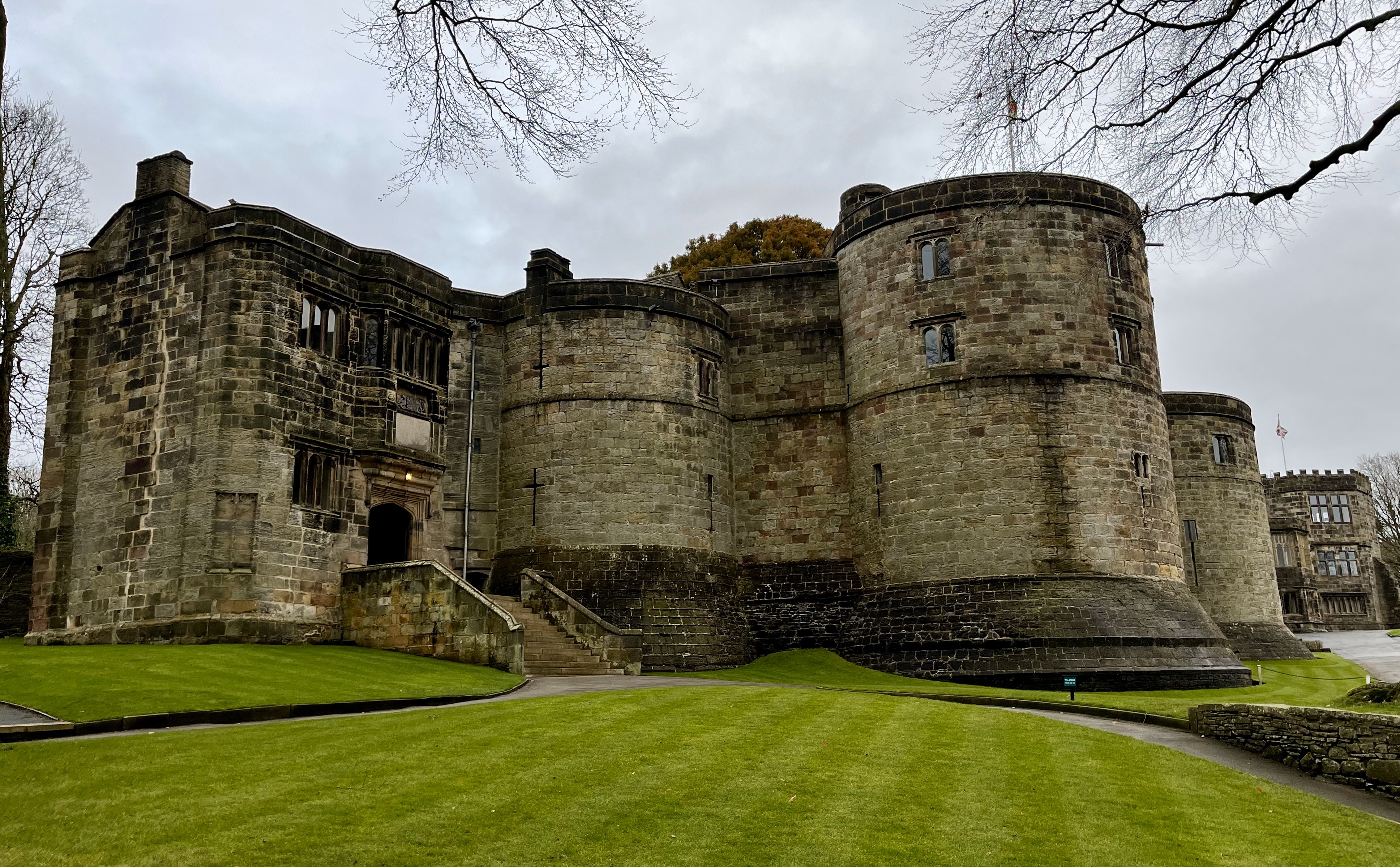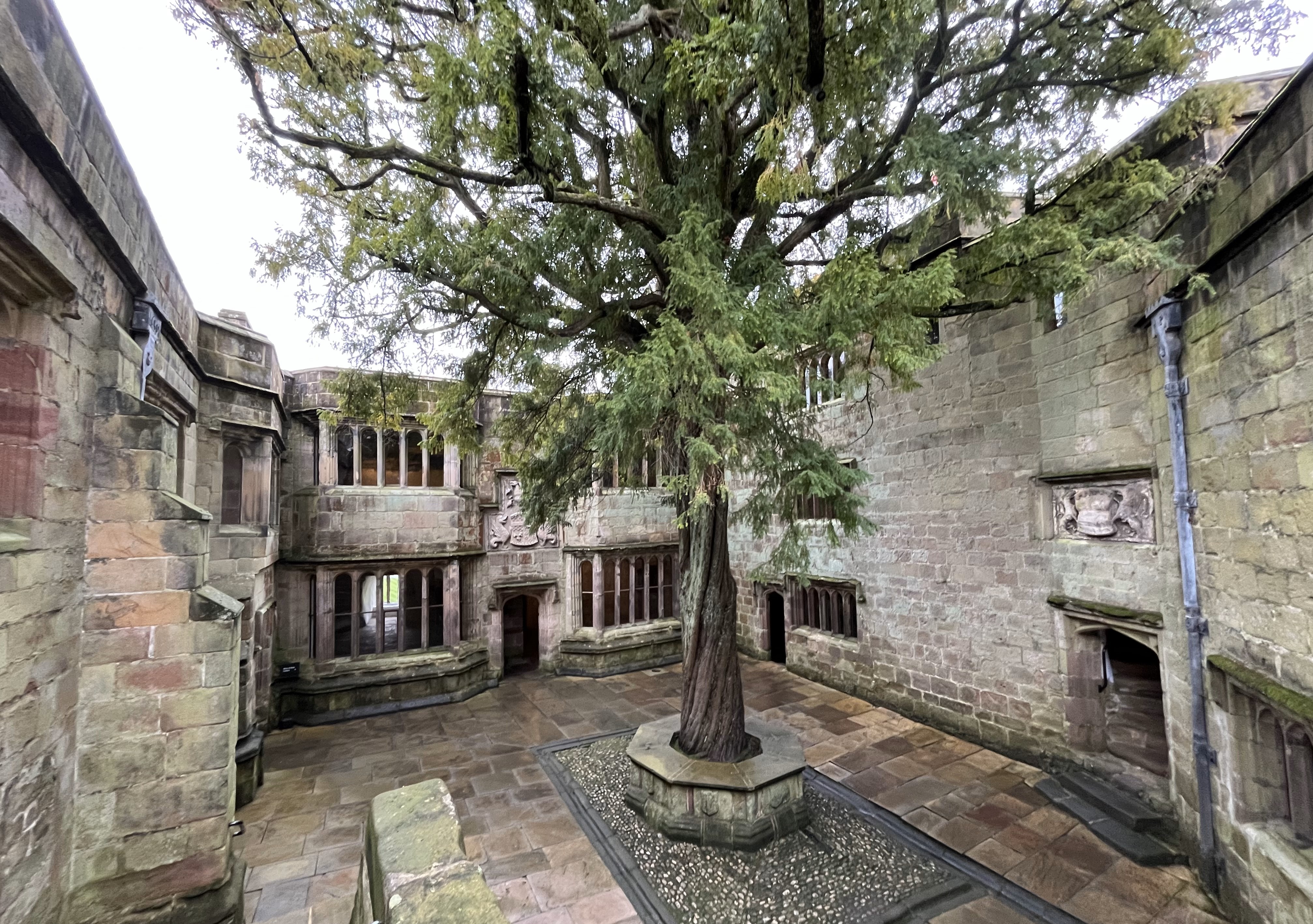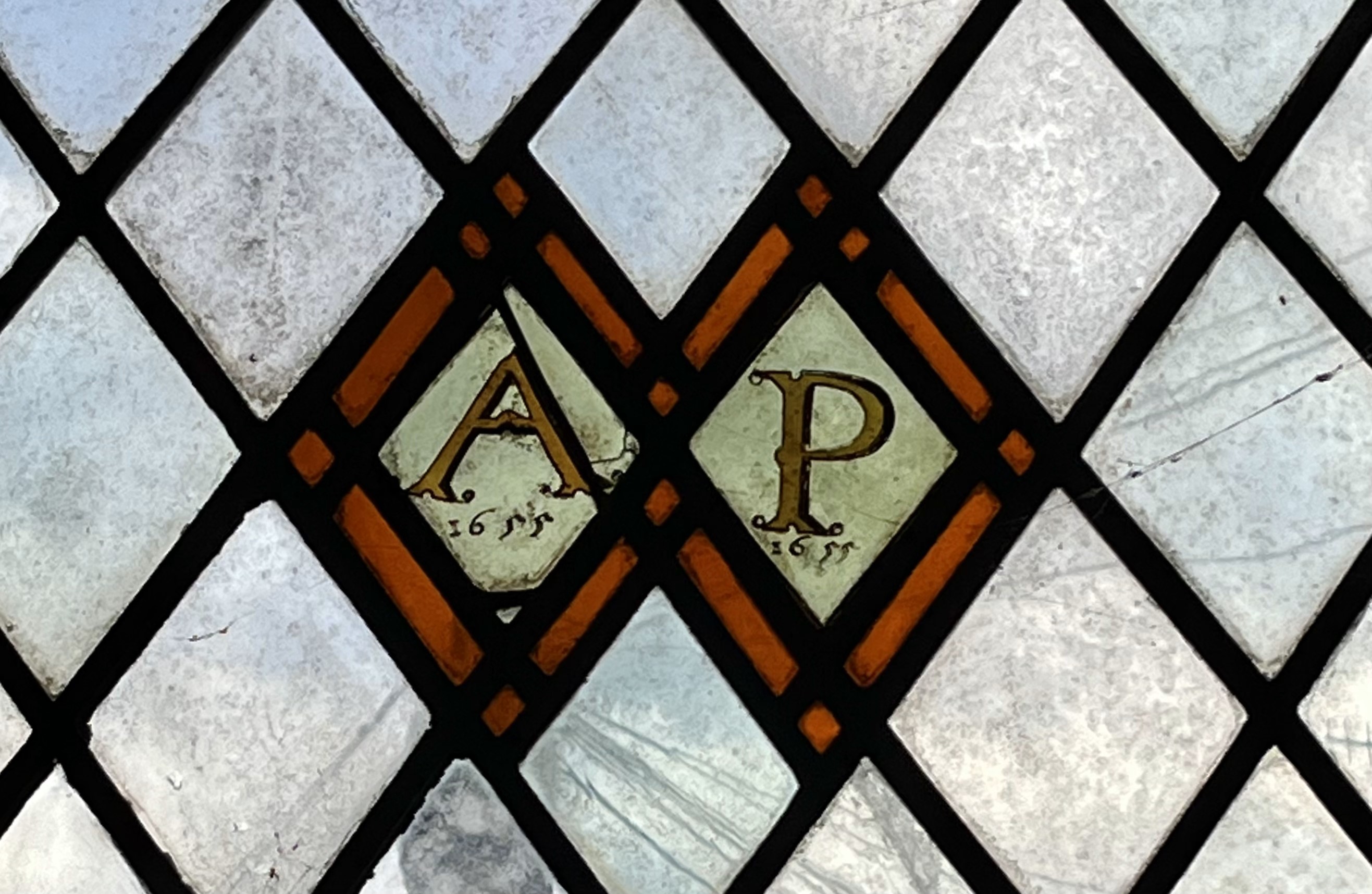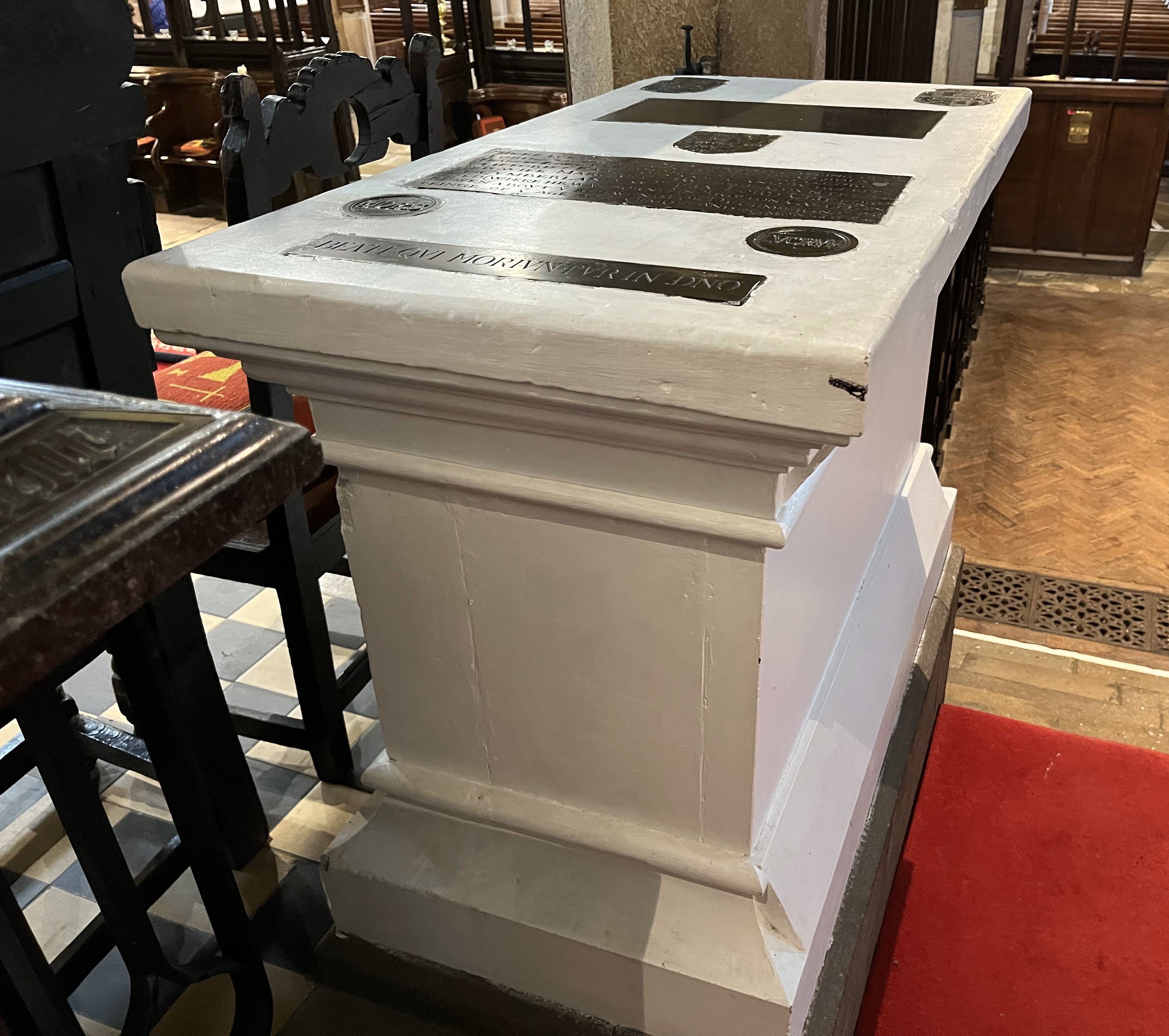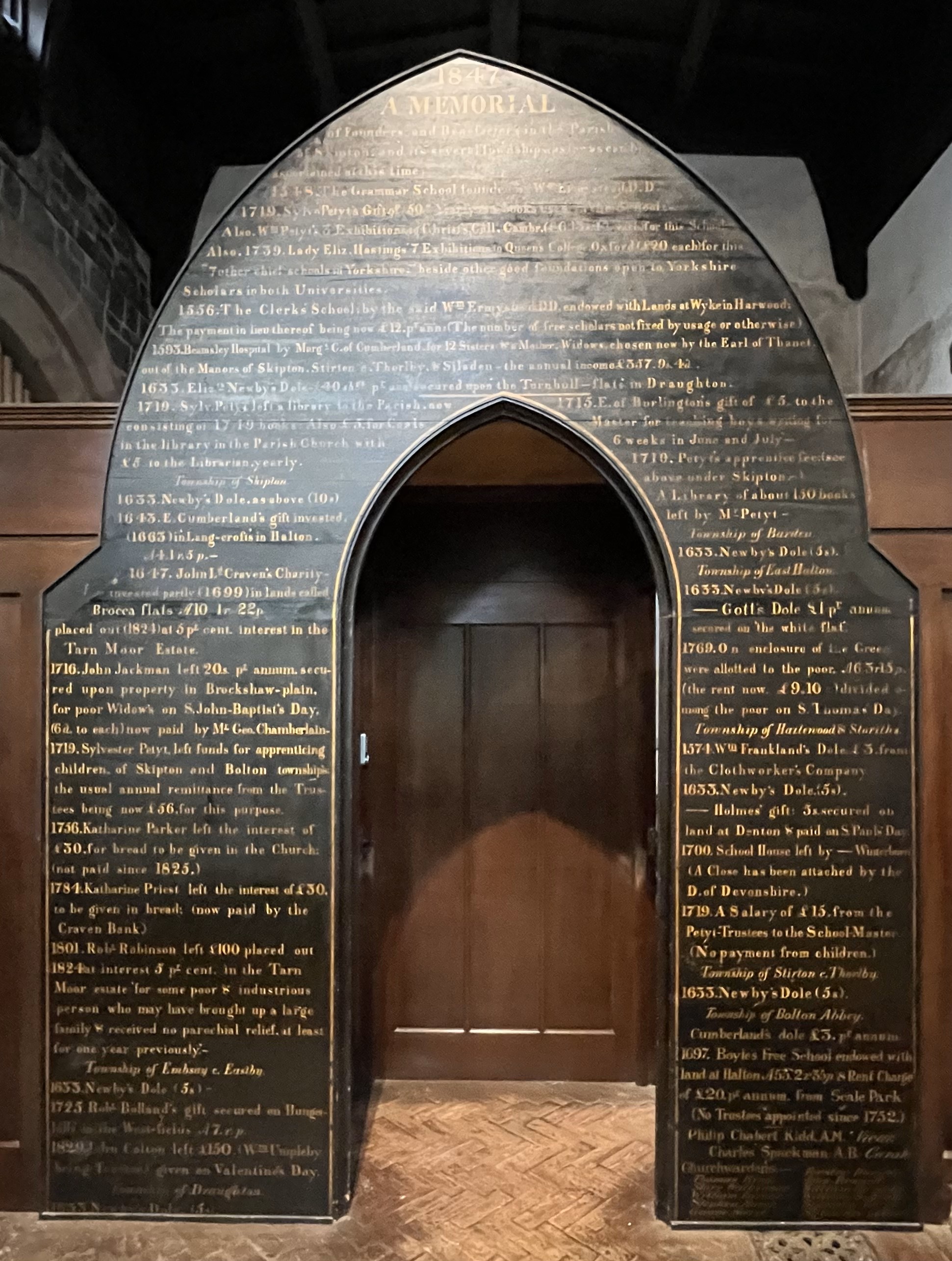A223 had a fascinating chapter on urban environments, which really helped me to better understand my nearest City of York. This was a record of 'early modern' buildings in central York that I took one morning [12/1/2025] on a quick 'field trip' - plus some pictures which show what the period did to older ones.
It's not easy to avoid the crowds in York, but a cold, overcast, early Sunday morning in January is perhaps ideal - if not hugely photogenic! 😀
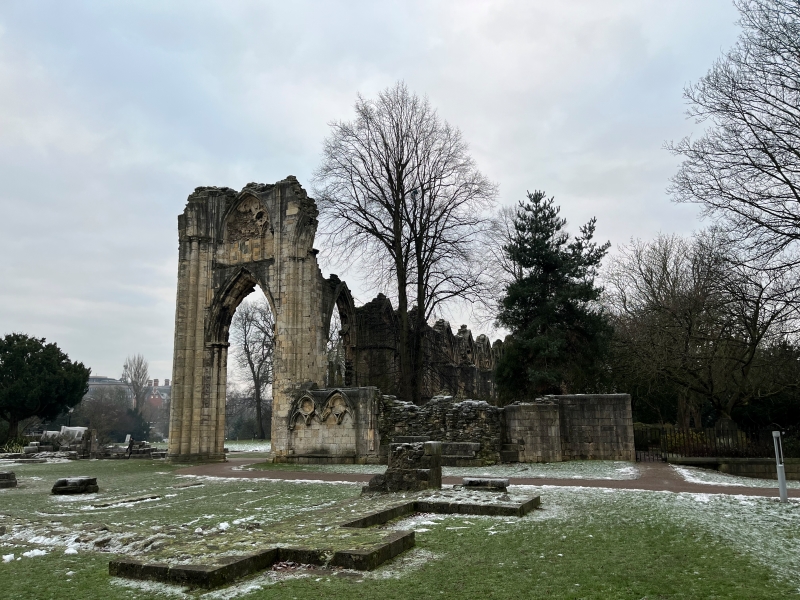
Firstly, St Mary's Abbey church, once a building on a similar scale as York Minster, but dissolved in 1539. The Reformation had a very significant impact in York, as much of its power and significance came from the church. Looking at the map of Avignon in the module materials made me think how similar the two locations must have been at one time. There are no doubt 'bits' of St Mary's in many early modern buildings in York, as the site was effectively a quarry for many years.
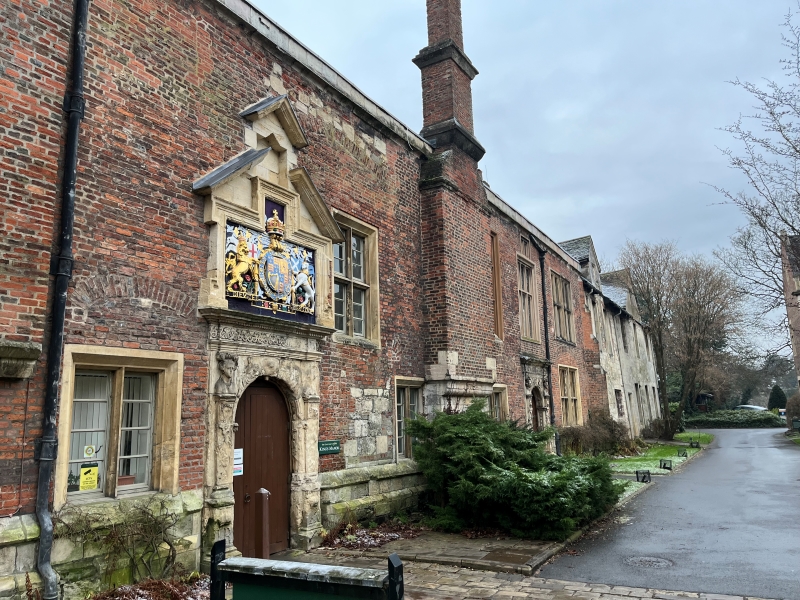
The Abbots house survived however and was taken over by the Crown, it was repurposed as a site for regional government - the location for the 'Council of the North'. It was known as the 'King's Manor' and was briefly the Royalist 'capital' during the Wars of the Three Kingdoms.
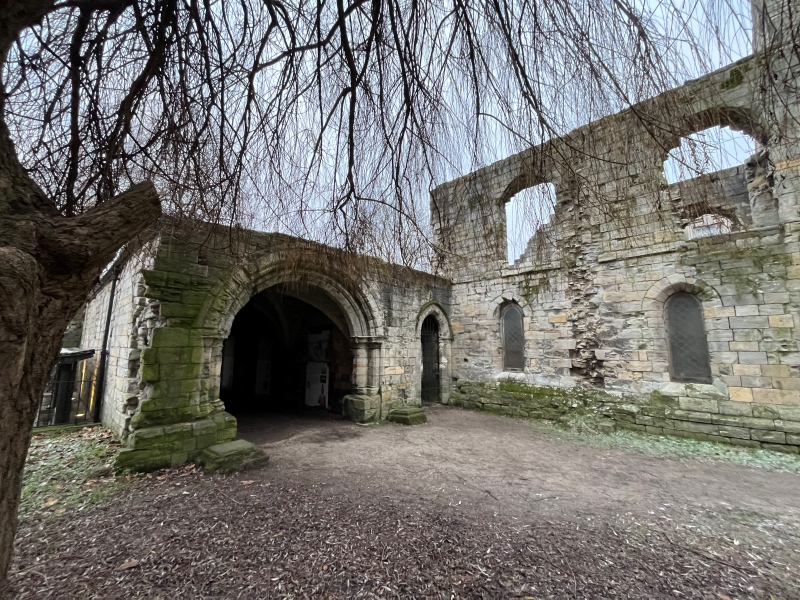
Not much remains of St Leonard's Hospital - once one of England's largest medieval hospitals. The loss of church 'welfare' provision through the Reformation was probably felt more in York than the loss of the Abbey.
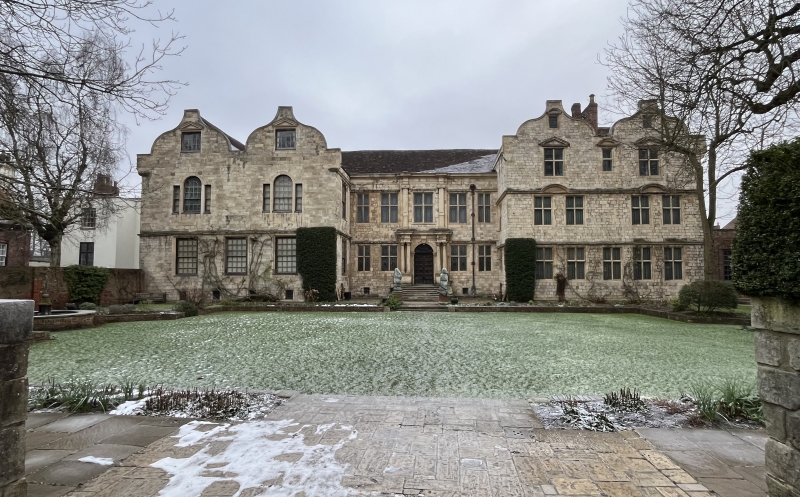
Many buildings in the Minster precincts found new owners/uses after the Reformation. This had been the house of the Minster's Treasurer - and was sold back to the Archbishop and eventually became a private residence.
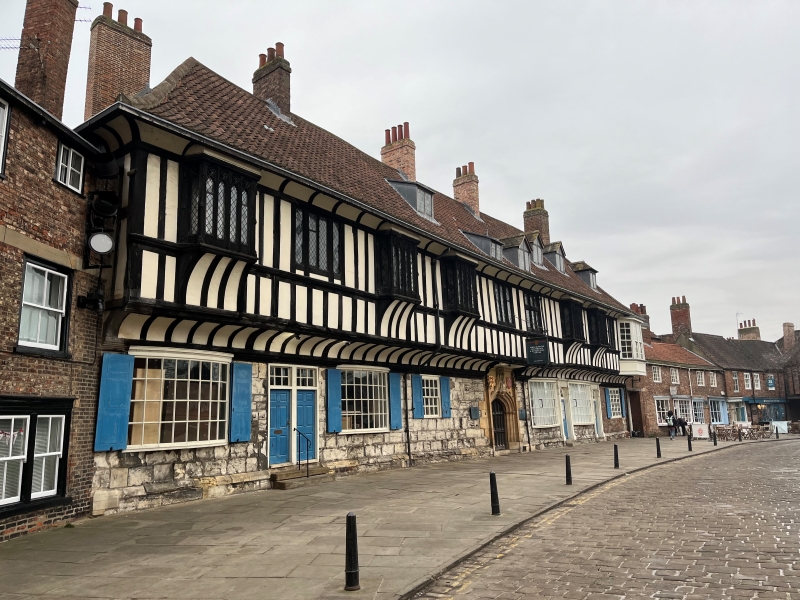
St William's College had been a residential complex for chantry priests at the Minster - there were 24 of these, all out of a job with the Reformation. This building went into private ownership, at one point it was the Royal print works producing propaganda for King Charles I.
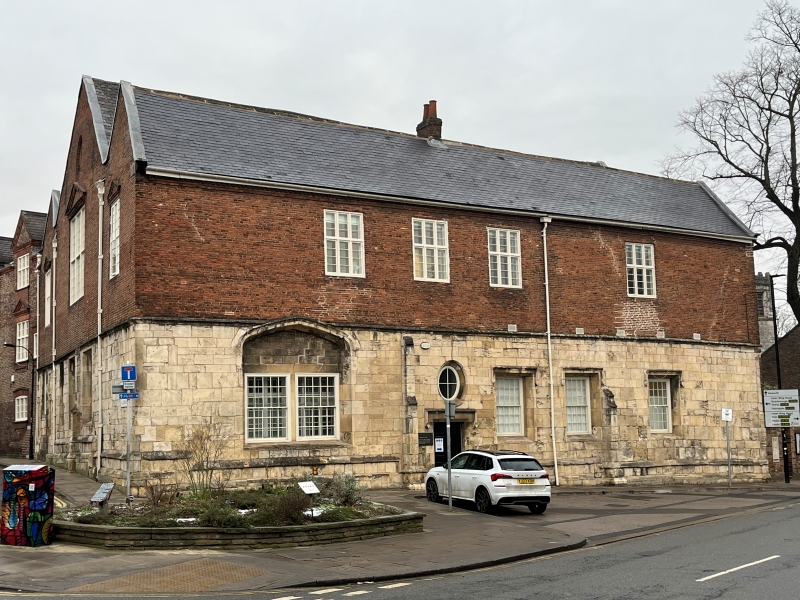
Mendicant Friars had funded the building of St Anthony's Hall shown above. It was taken over by the city governors after the Reformation, becoming at different times a site for a variety of local guilds, a workhouse, a house of correction and a charitable school. It now partly houses a Presbyterian church group.
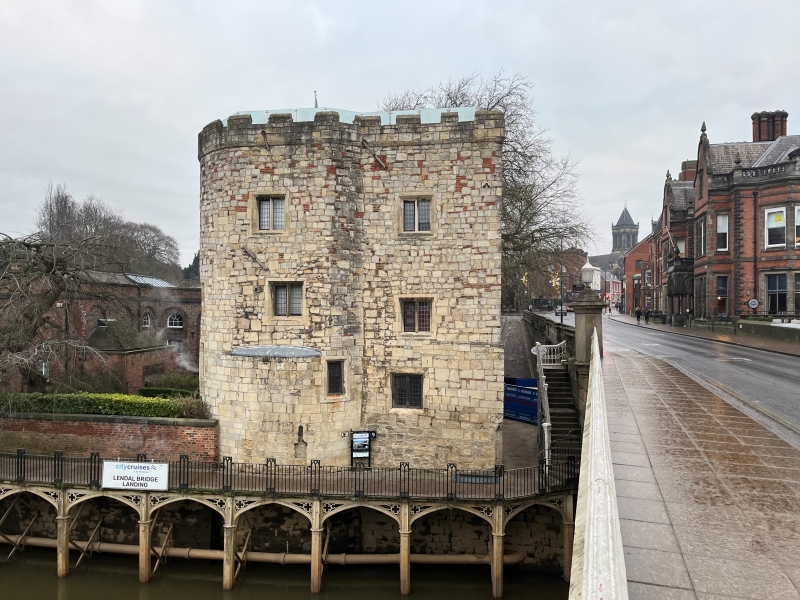
This is probably my favourite early modern 'makeover'. This was originally a medieval riverside defensive structure, housing one end of a chain across the river Ouse that was raised to control shipping. By 1631 it had become the 'Waterhouse' and was essentially a water tower supplying the city, a system that was augmented with a steam engine in 1780. (Pumping York's polluted river water into its houses ensured the city fared particularly badly in the 1832 cholera outbreak, but that's a different module 😀)
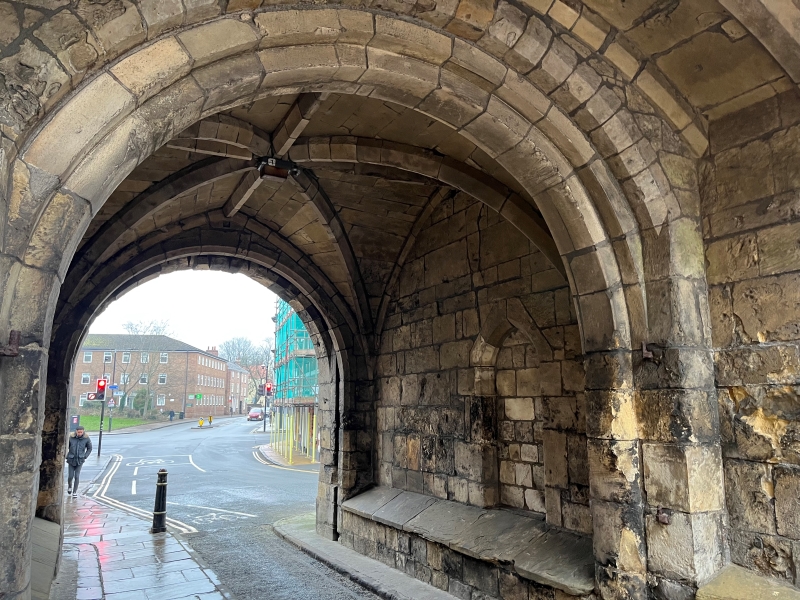
This is York's medieval 'Monk Bar' - (the city's gates are called 'bars' and, confusingly for some, many of the streets are called 'gates'). You can make out a number of the 'control' features it provided, the hinges for wooden gates are visible, as are the tips of the portcullis that could be lowered, but in more common use would have been the (now bricked) window at which toll-collectors sat enforcing local taxation on goods entering the city.
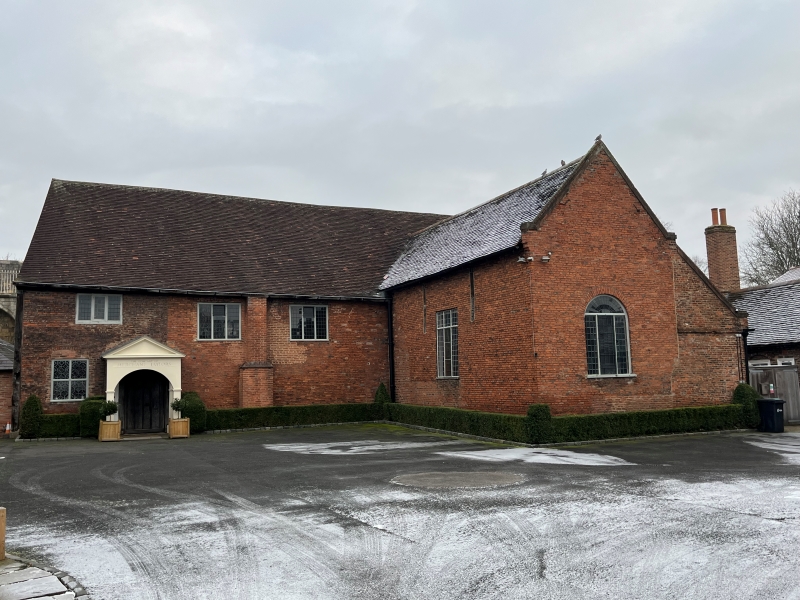
There are a few remaining guild halls in York - this is the location of the Merchant Taylors. This had been established in the medieval period, the guild added a hospital in the early modern period

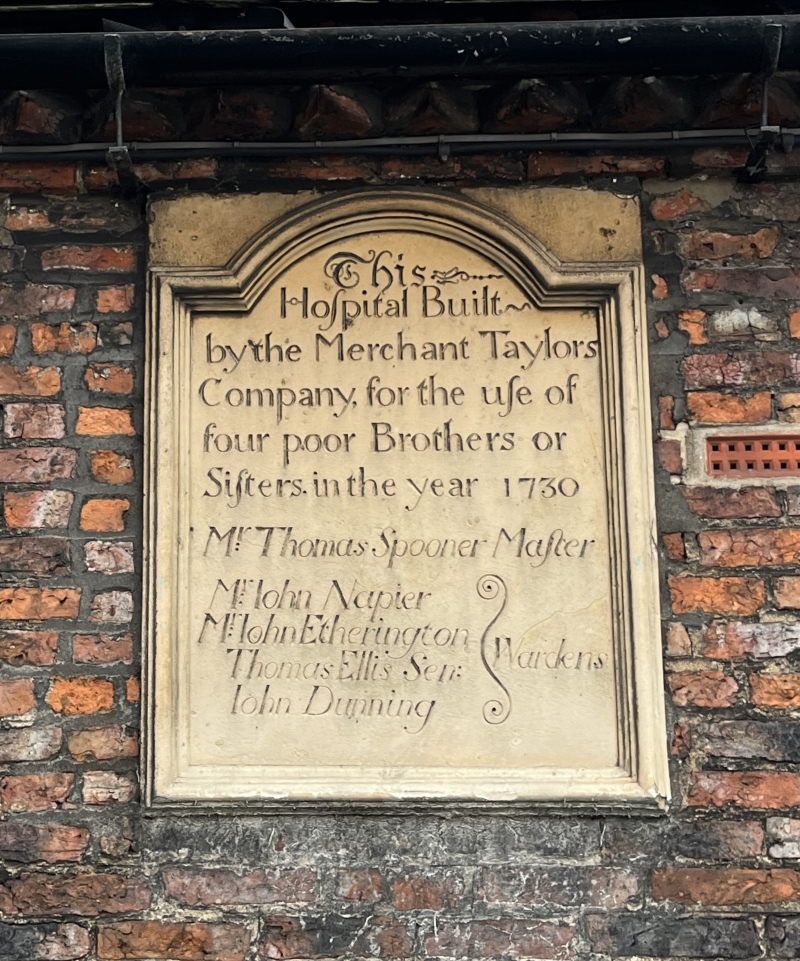
Time for some early modern 'new builds'...

Finished in 1735, these are York's Assembly Rooms. It was too early in the day to eat today, but I have been for a meal in the past and the interior is a stunning location in which to eat pizza!
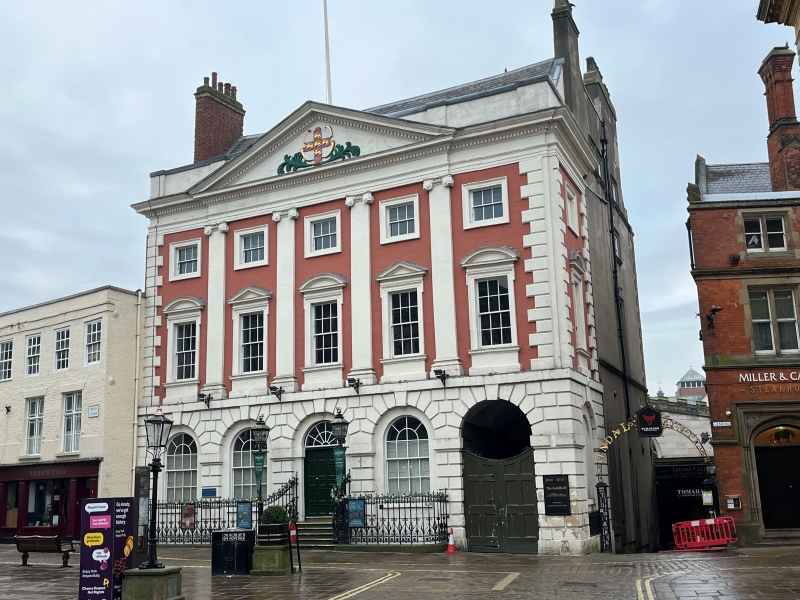
It was the city council that kicked off the idea of building Assembly Rooms as an entertainment venue - and they also funded this residence for the Lord Mayor - the Mansion House finished in 1732. The house sits directly in front of the guildhall, which you can enter via the big green doors - or can't when they're shut like they were this morning! 😠
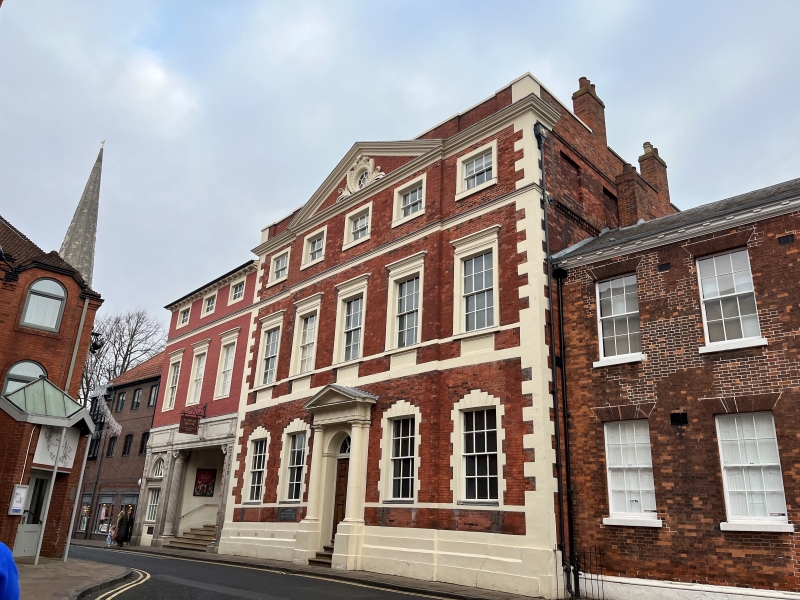
This is a great example of the early modern aristocracy buying into urban living. Fairfax House was bought by Viscount Fairfax of Elmley in 1760 as a gift for his daughter Anne, a place to hang out rather than living in their 'country seat' at Gilling Castle.

I guess Anne's leisure pursuits might have included a bit of shopping...
In 1759 the shop on the left was a booksellers, advertising itself “At the Sign of the Bible” as it had since the late 17th century, and it was the place that Laurence Sterne sold the first 200 copies of his first volume of 'Tristram Shandy which he had printed in the city.
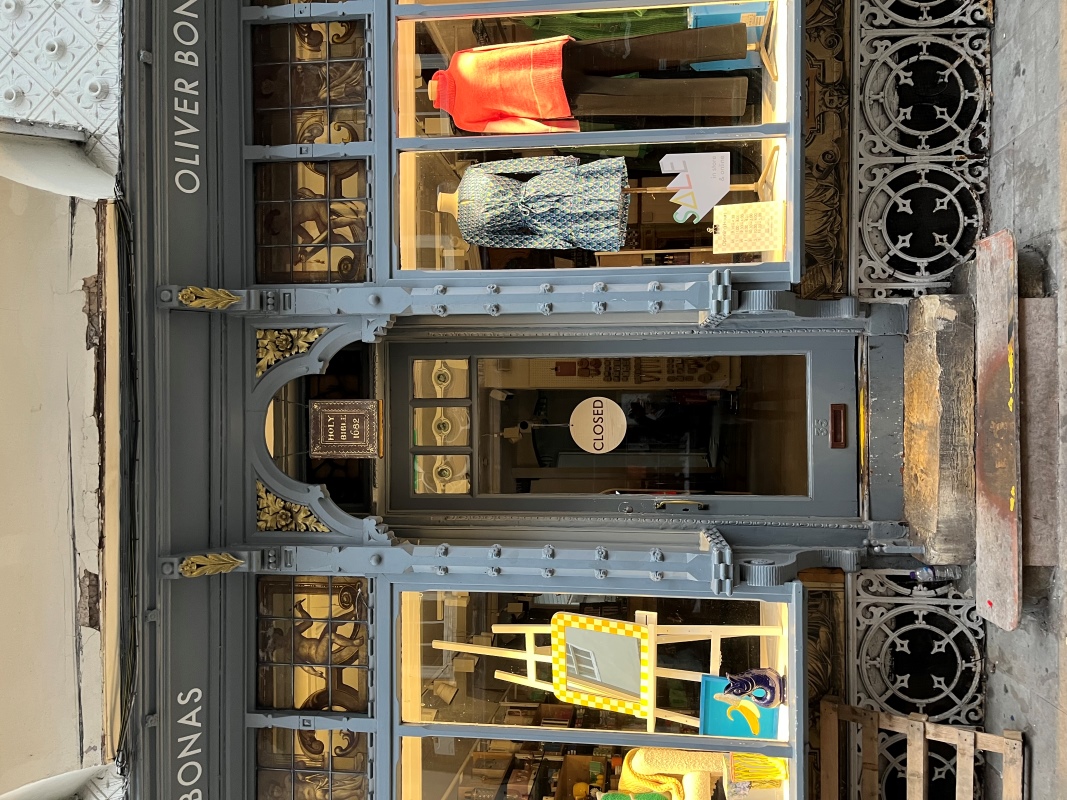
Not so sure Anne Fairfax would have been off to the track, but you never know...

This early modern building at York's Knavesmire racecourse is not that easy to spot, and takes a bit of imaginative 'reconstruction'. But it contains the remaining lower storey of the world's first 'grandstand', built in 1756.
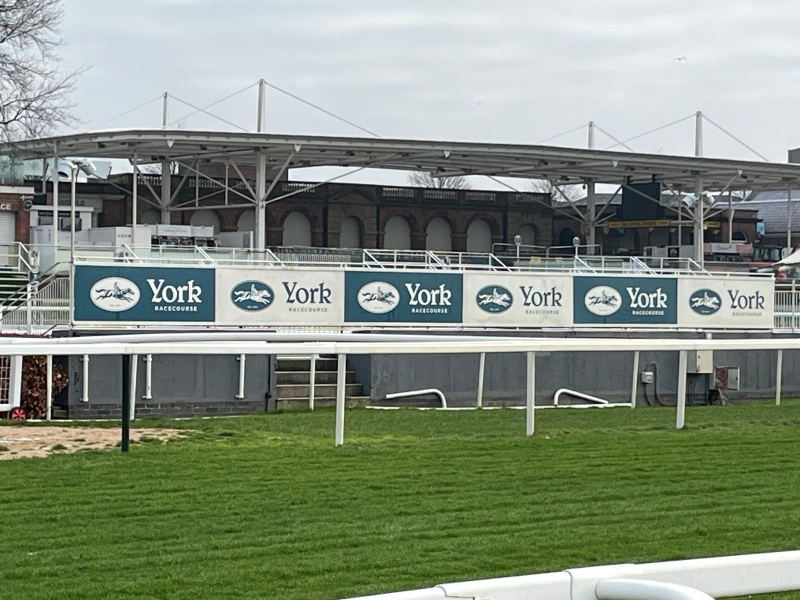
.
It helps perhaps to know what it originally looked like...
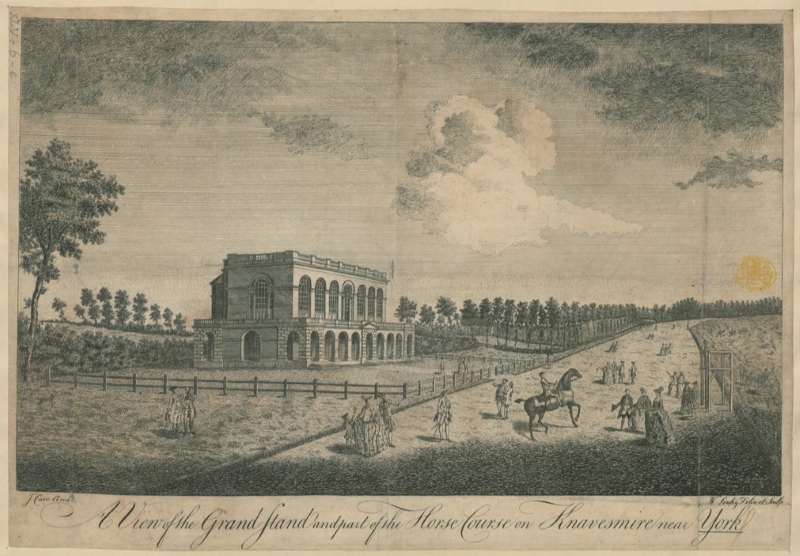
Courtesy British Library (Maps K.Top.45.6.e)
Of course early modern life couldn't all be fun though.
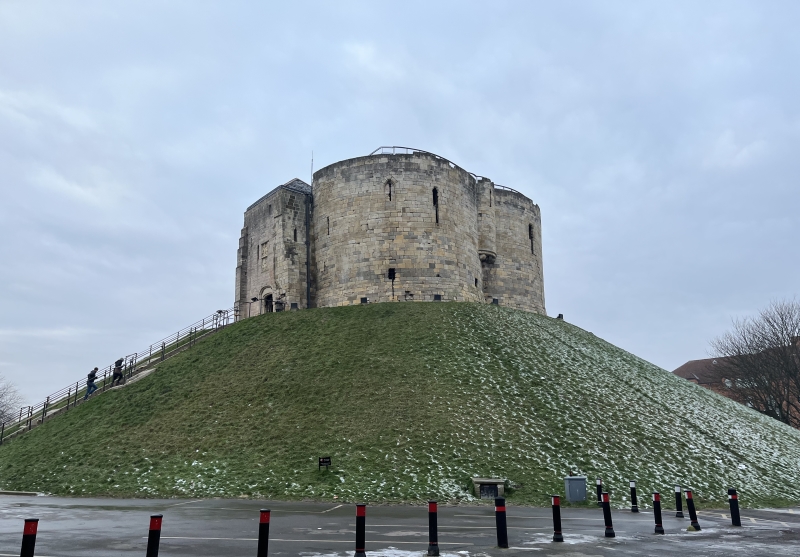
Robert Aske, who we will meet in a couple of weeks rebelling at the head of the 'Pilgrimage of Grace', ended up hanging in chains from Clifford's Tower here in 1537.
A walk up the castle mound gives good views of three new 18th century buildings...

From left to right these are: the Female Prison - built in 1780 to partly relieve the overcrowded...Debtor's Prison - built in 1701 and finally the County Court built in 1777. The court is still in use, the prison buildings now house a museum.
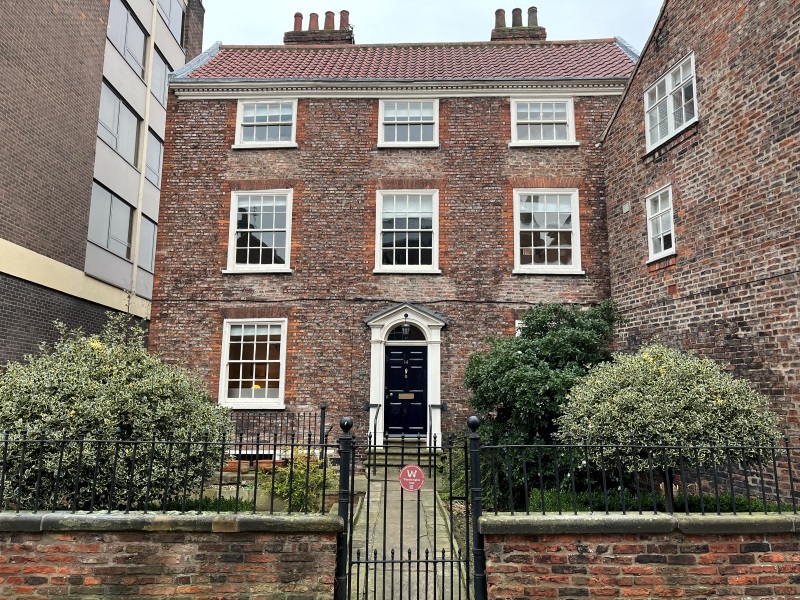
This building was the manse for a newly built Methodist Chapel, John Wesley was a regular guest and preached at the opening of this new religious building which backs on to the house.
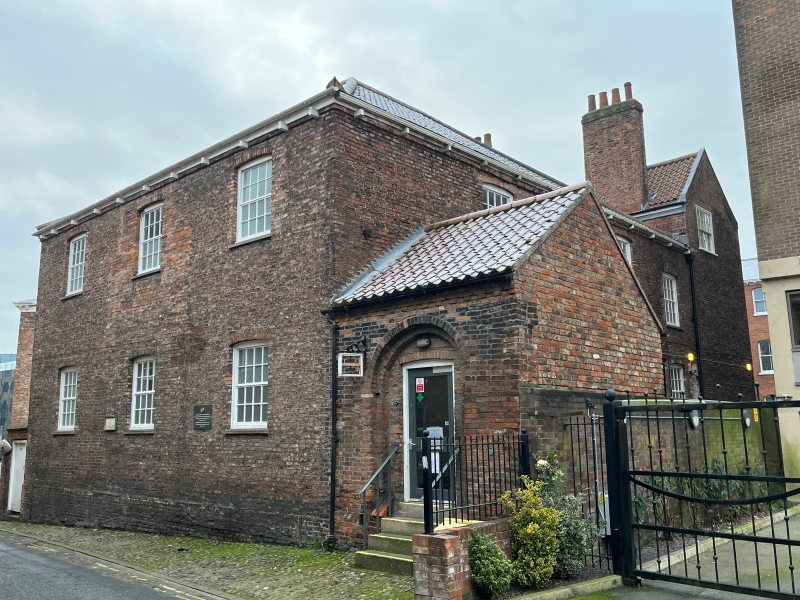
There were a range of non-conformist groups active (and building) in York. Quakers still continue to meet on the site they have used since 1674, but now in a Victorian structure.
The image below is of York Unitarian Chapel which was built in 1693 only a few years after the 'Toleration Act' of 1688 allowed some Protestant nonconformist groups in England to worship publicly. It was initially a Presbyterian chapel (non-trinitarian beliefs like those held by 'Unitarians' were not then legal).

I'd only paid for a couple of hours parking so had to draw the line somewhere 😀, but ended up at another impressive 'new build' ...
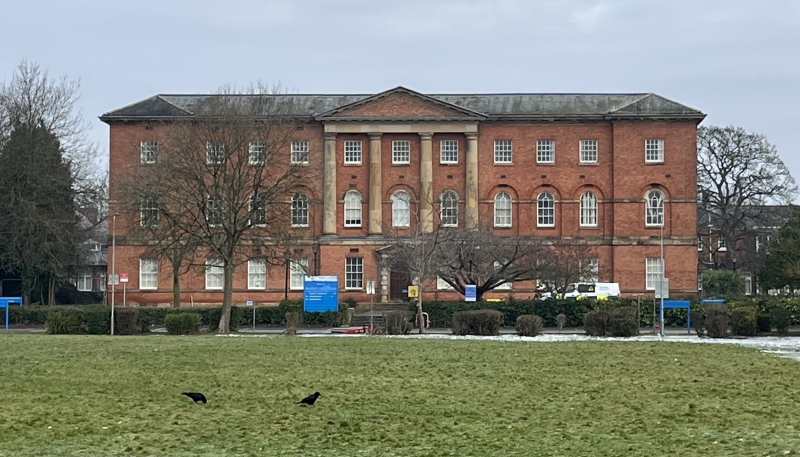
Bootham Park Hospital was built as York Lunatic Asylum in 1777. Impressive on the outside, the misery caused inside and in particular the treatment of a Quaker woman, Hannah Mills, led to the creation of the city's second hospital in the early modern period for those suffering with mental illness. The Retreat, funded by local Quakers, pioneered more humane treatments.
Which is perhaps a positive place to end, but then I realised I'd missed what has long been York's major building and was so in the early modern period despite a lot of change going on - it is particularly hard to ignore on a Sunday morning! 🔔🔔🔔
(The current Minster bells were all actually cast in the 20th century, but whilst changes might be being rung the sound seems to me to be all about continuity.)
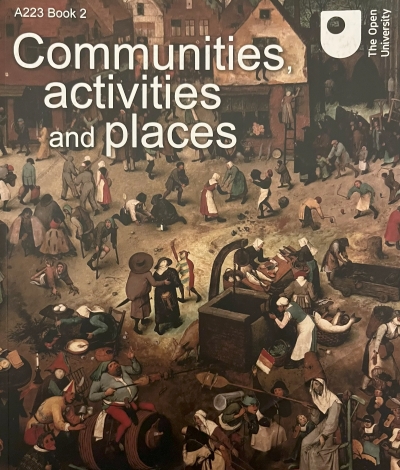
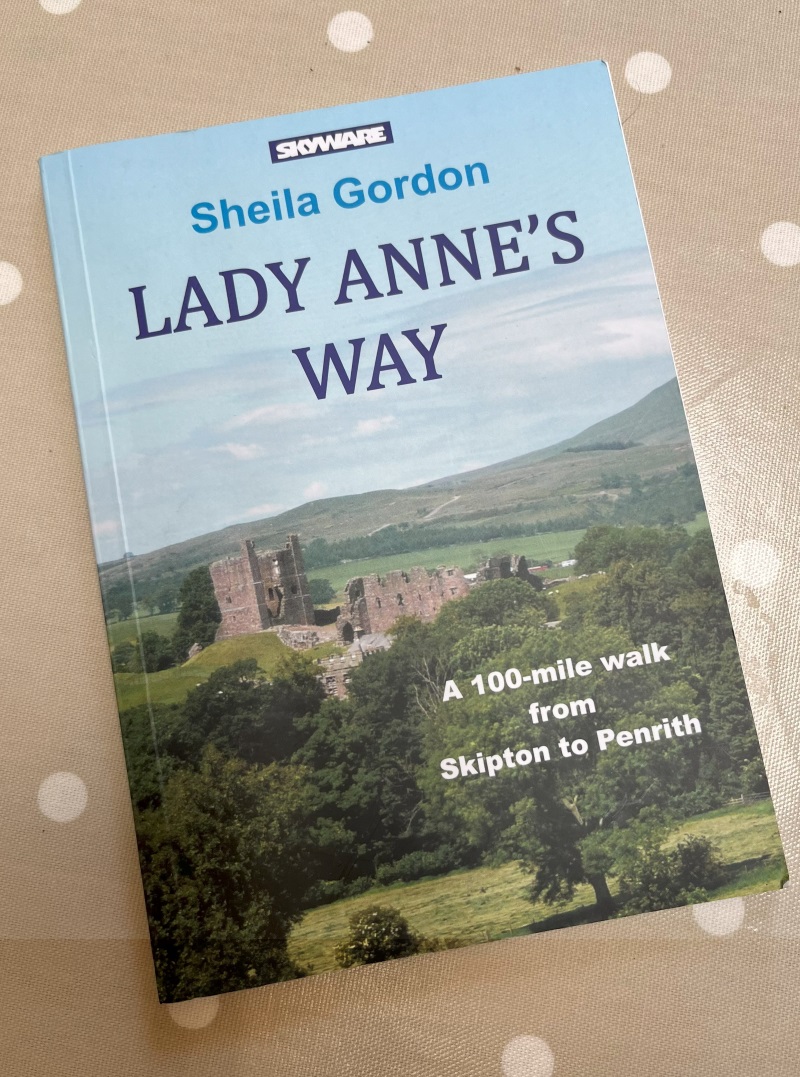

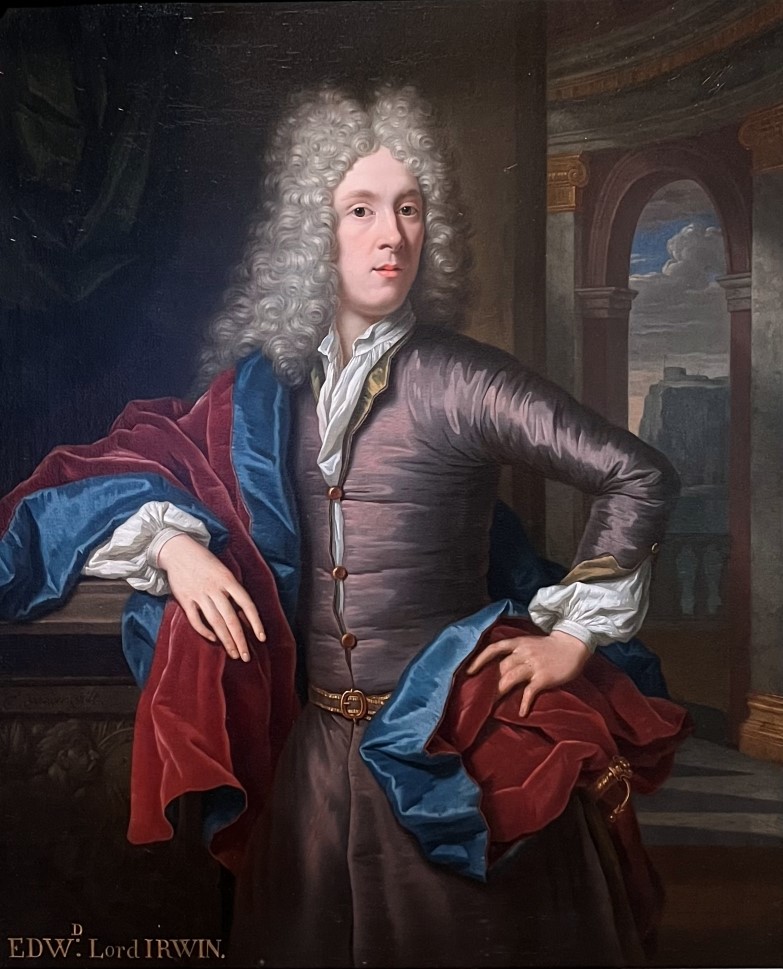





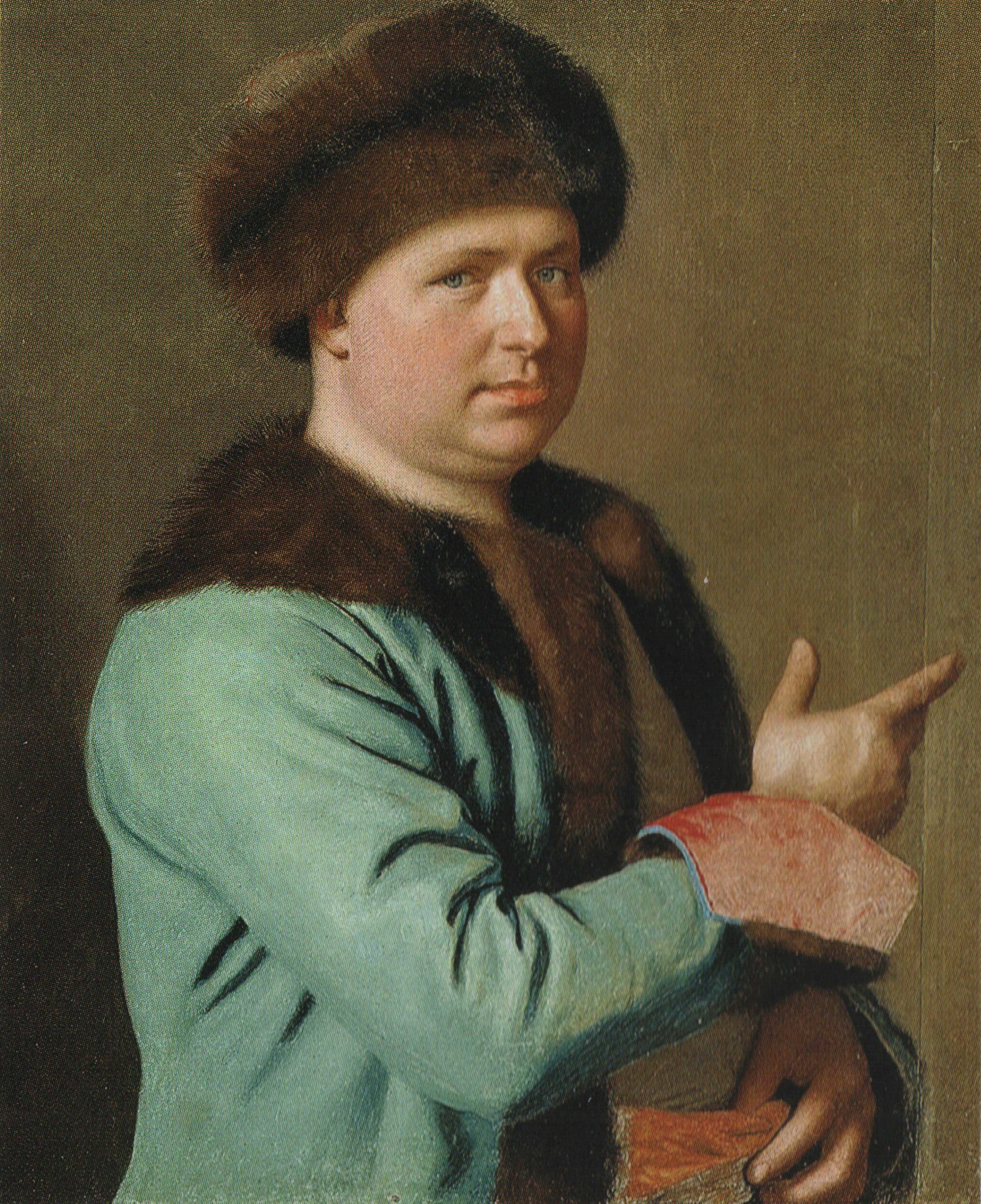
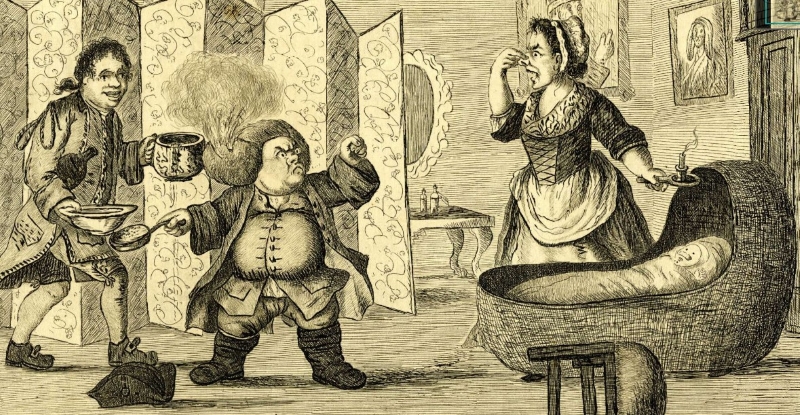
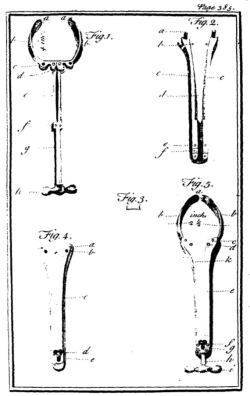
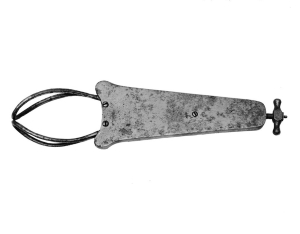
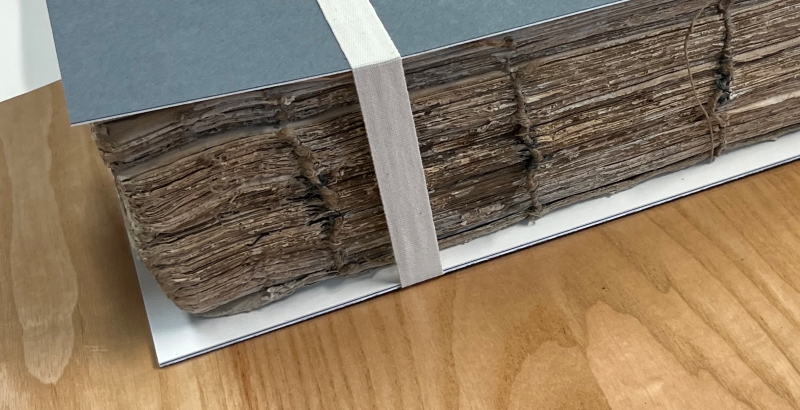


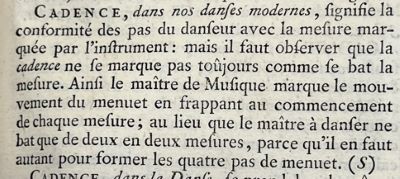


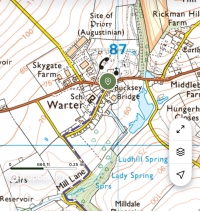
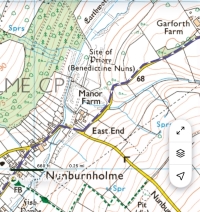

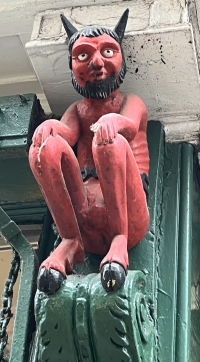 In folklore, 'printer's devils' caused mischief by misspelling words and inverting and removing type. It became a nickname for printers' assistants, who might also make mistakes! This little devil has only been perched here in the centre of York since 1888, but marks the entrance to an alley that served a print workshop active in the early modern period.
In folklore, 'printer's devils' caused mischief by misspelling words and inverting and removing type. It became a nickname for printers' assistants, who might also make mistakes! This little devil has only been perched here in the centre of York since 1888, but marks the entrance to an alley that served a print workshop active in the early modern period.